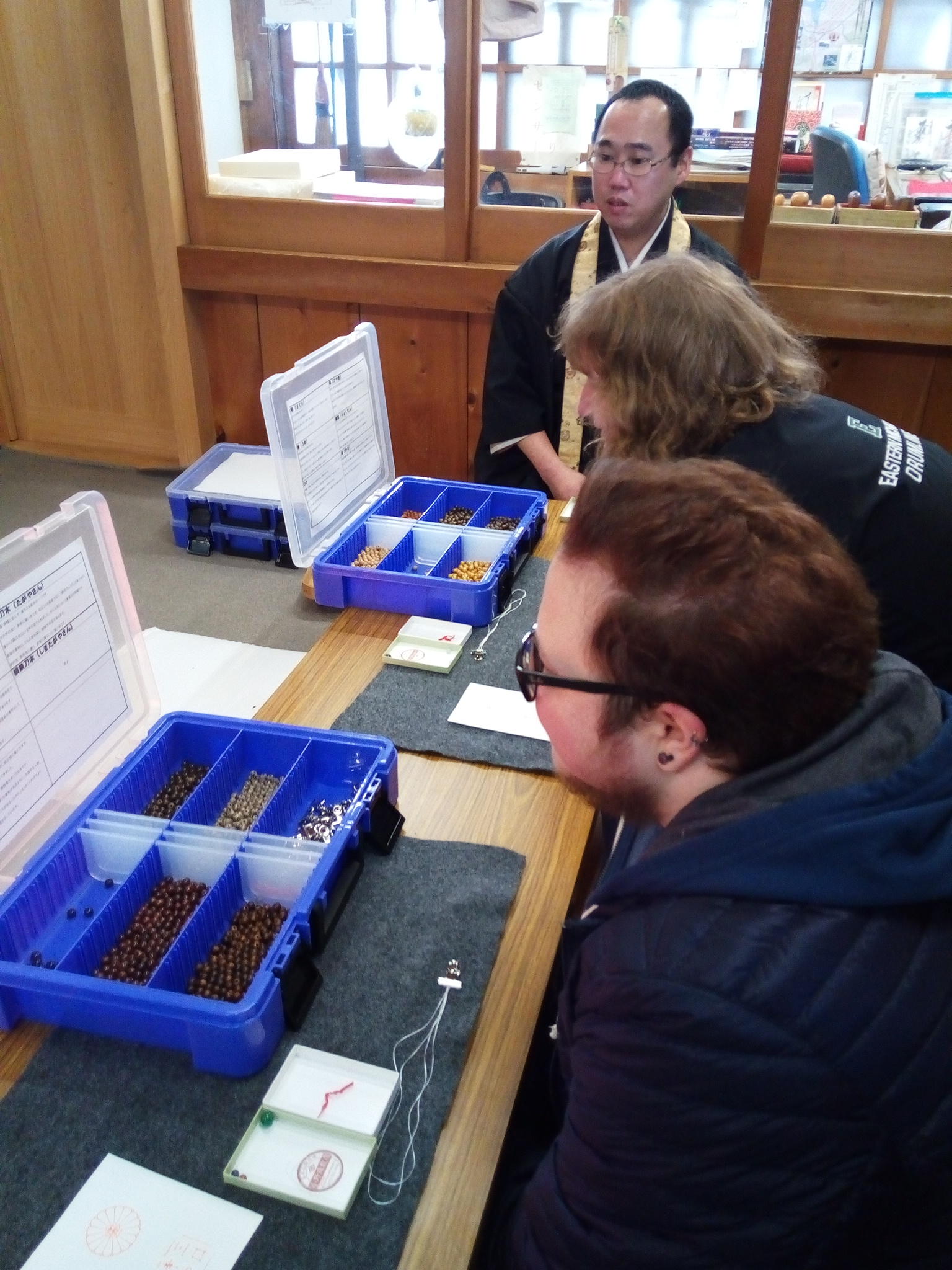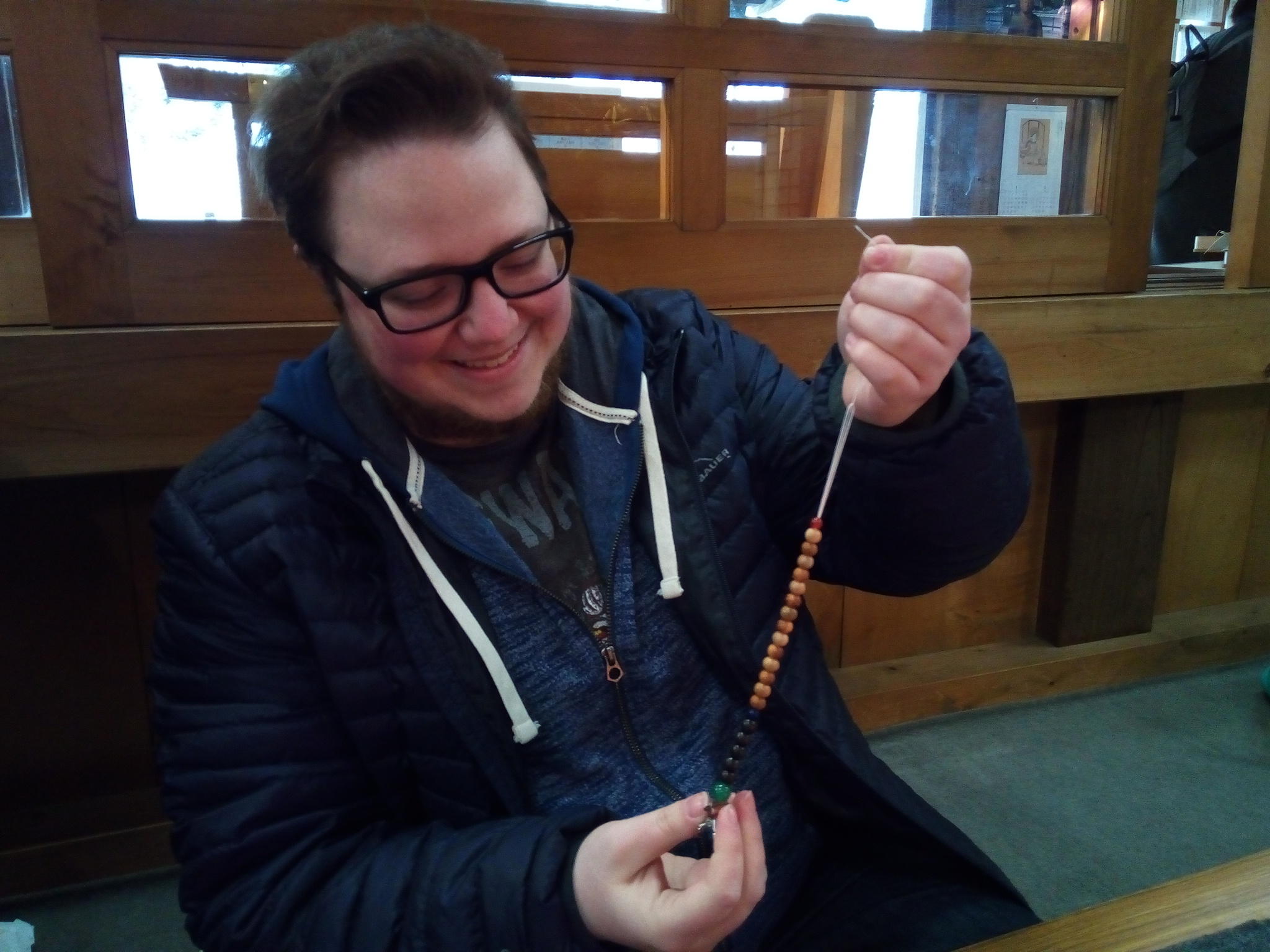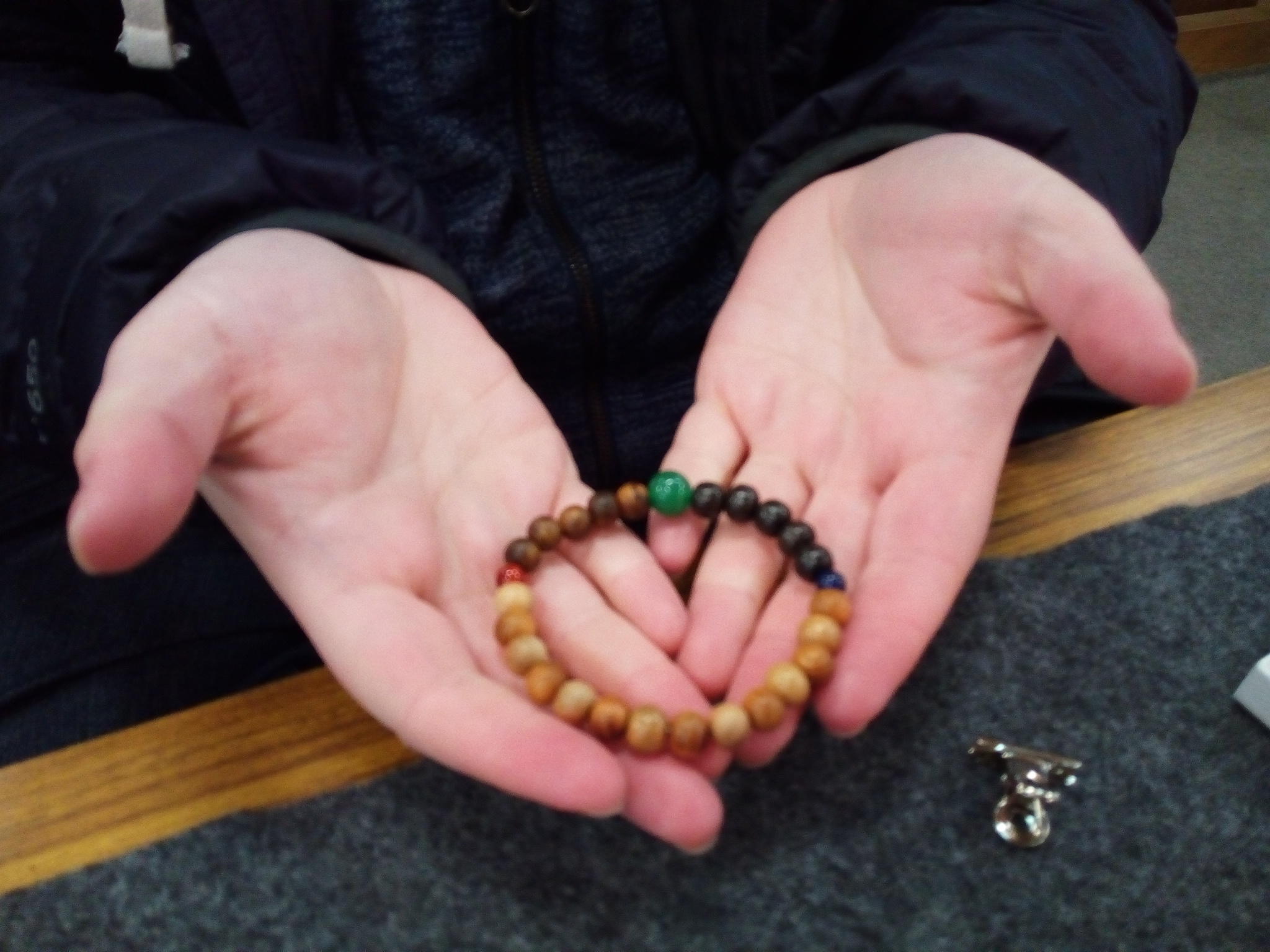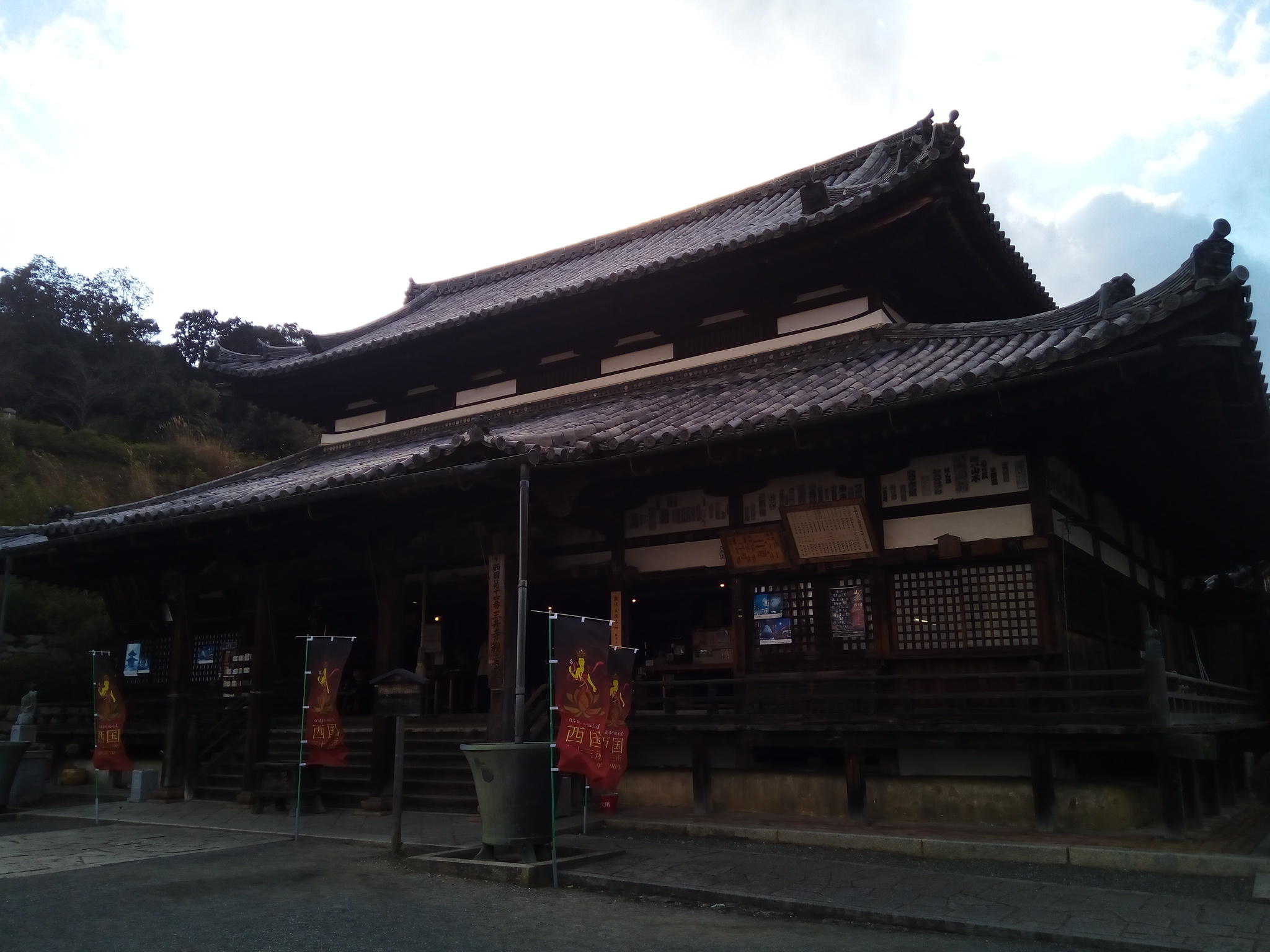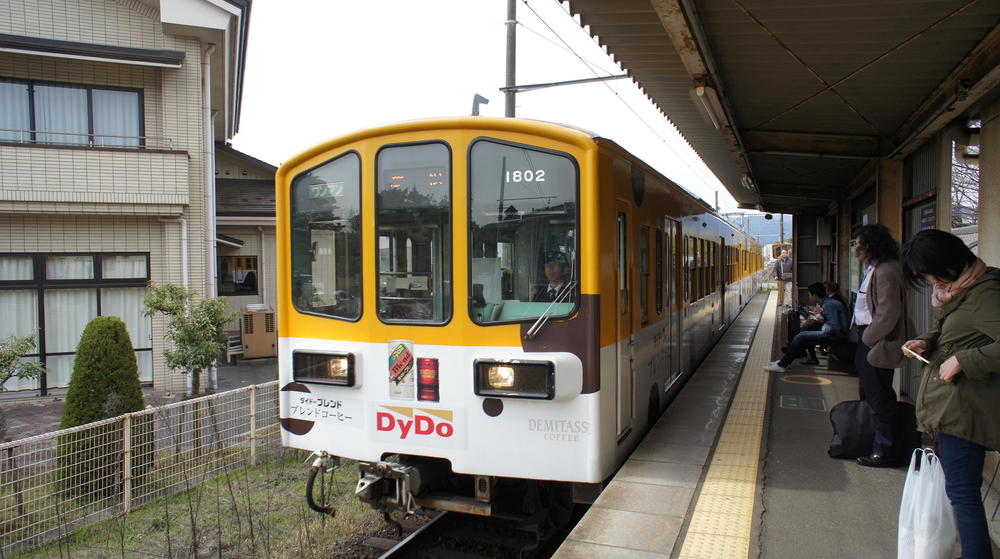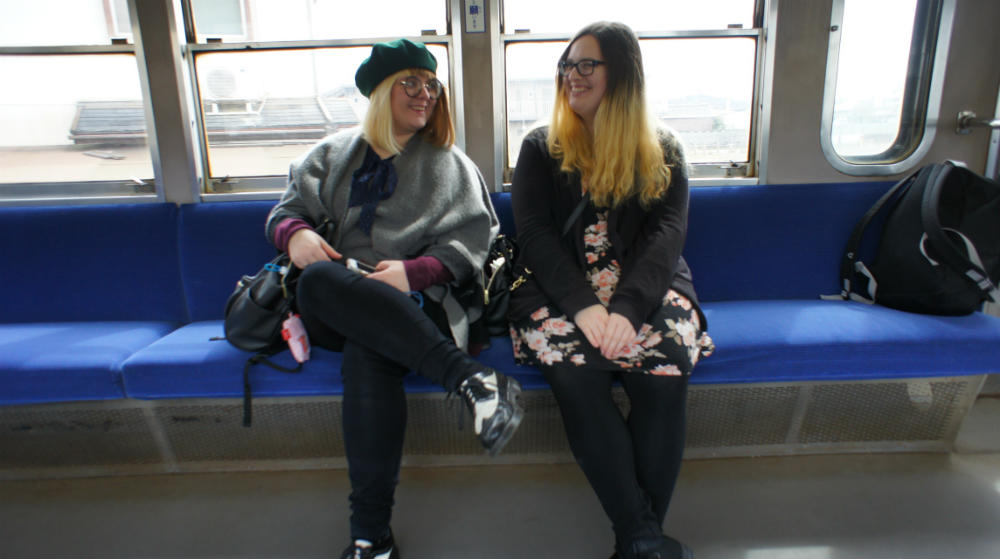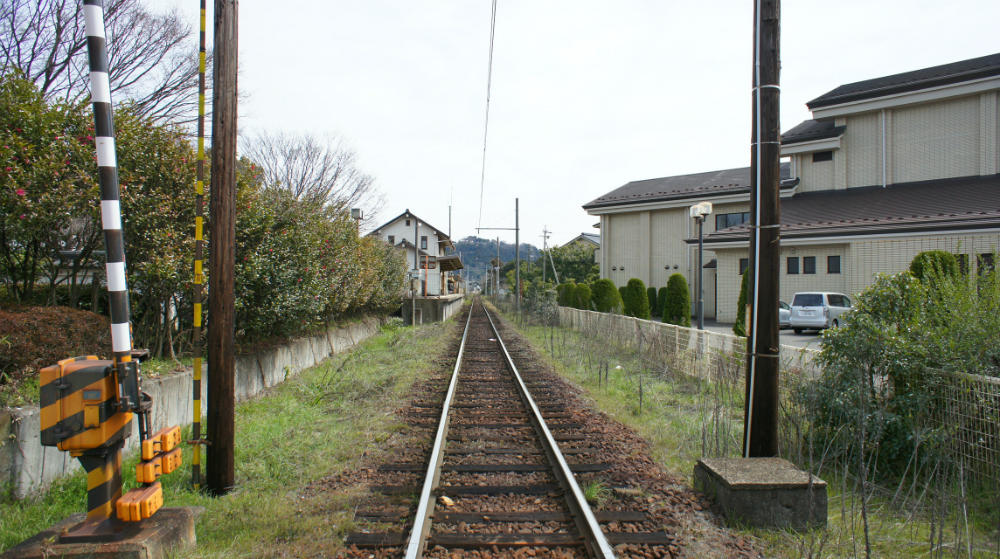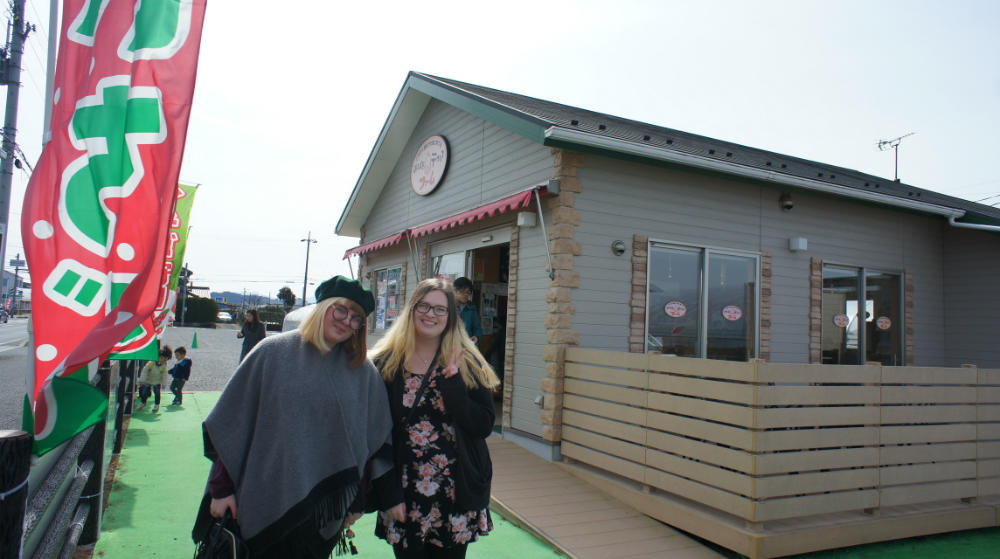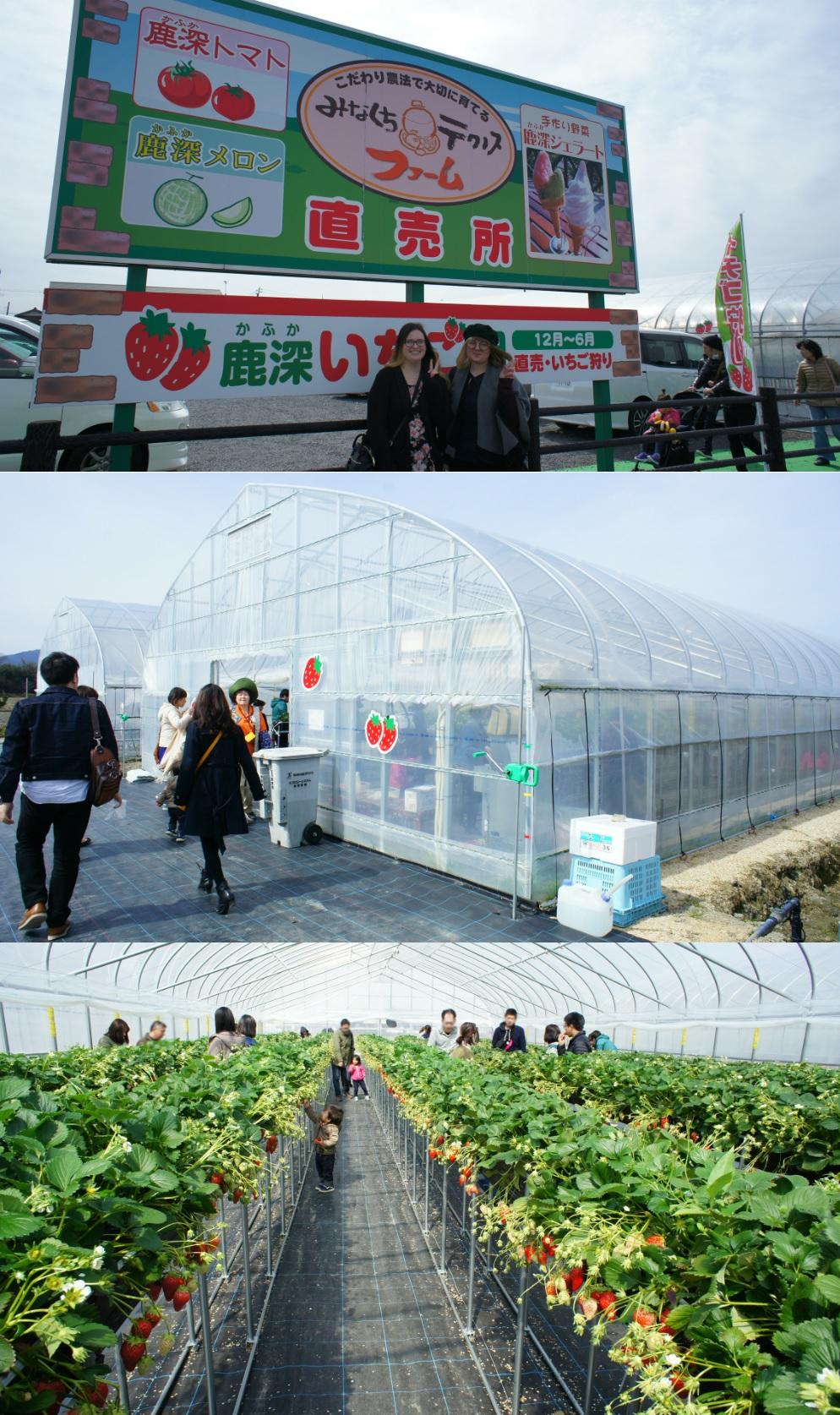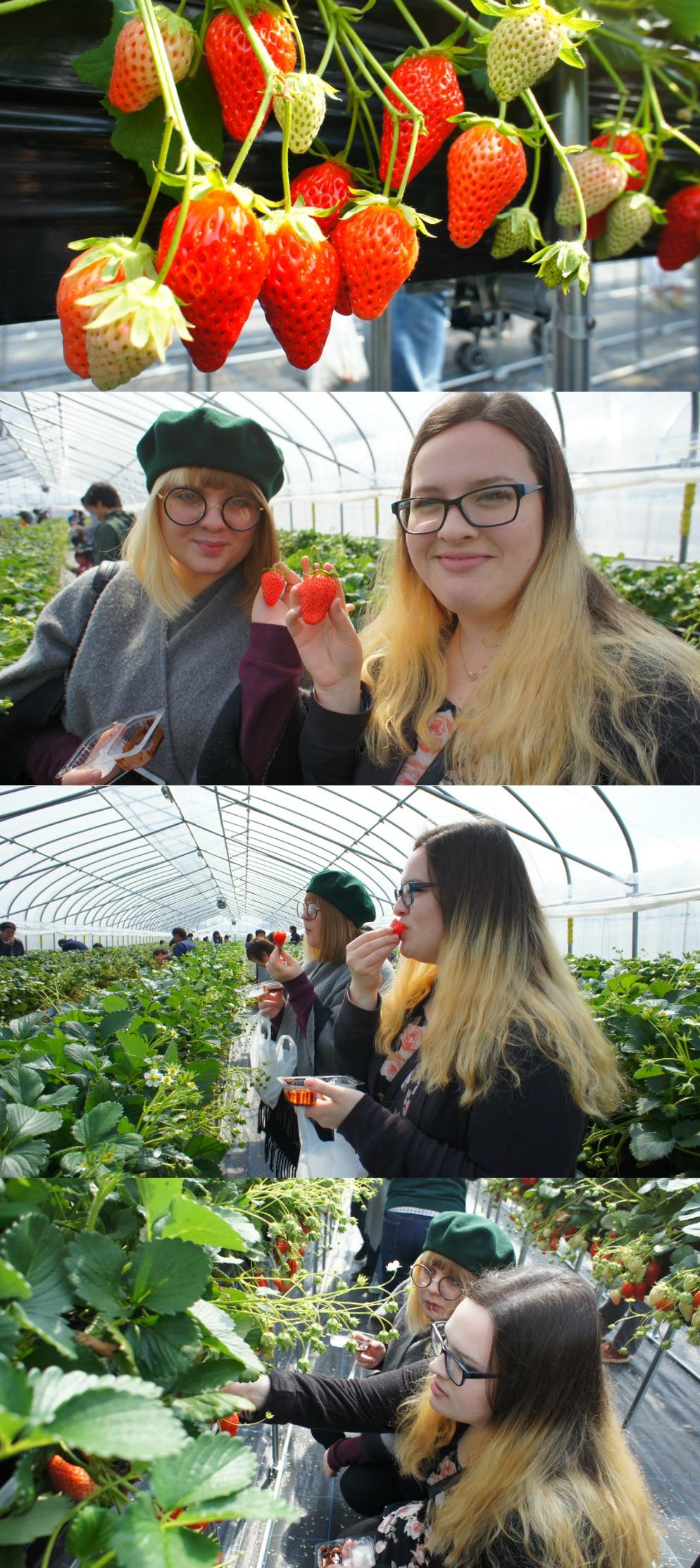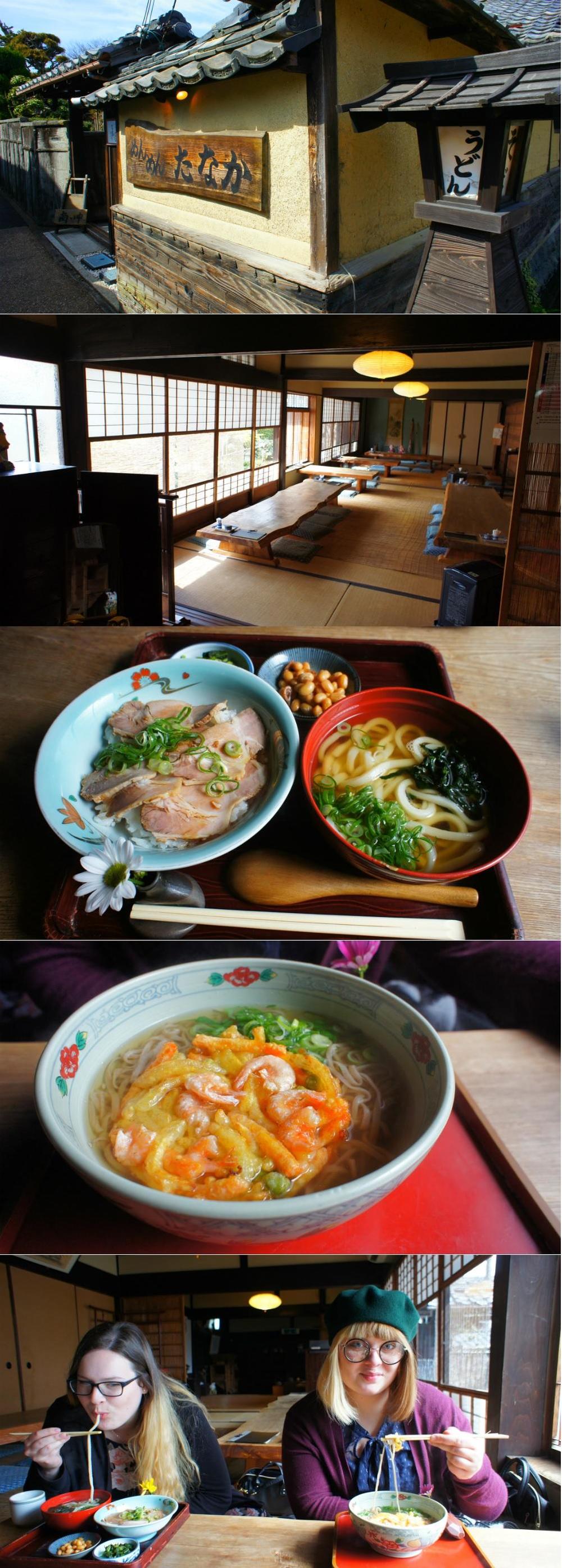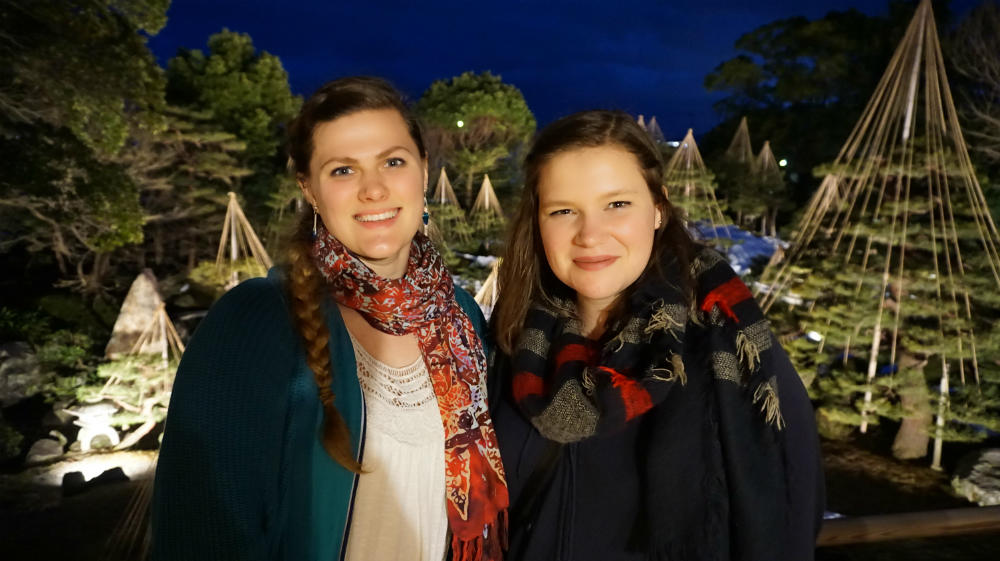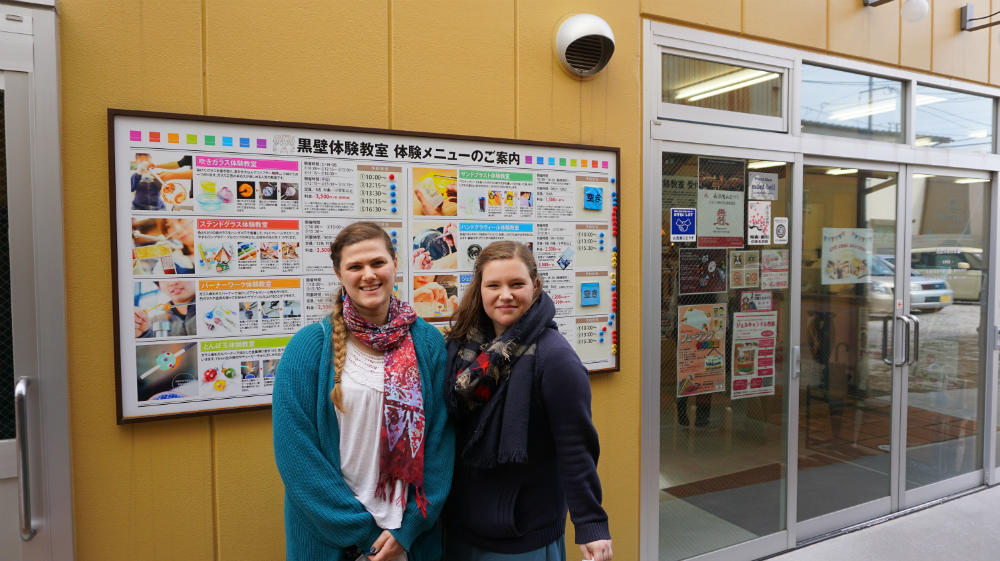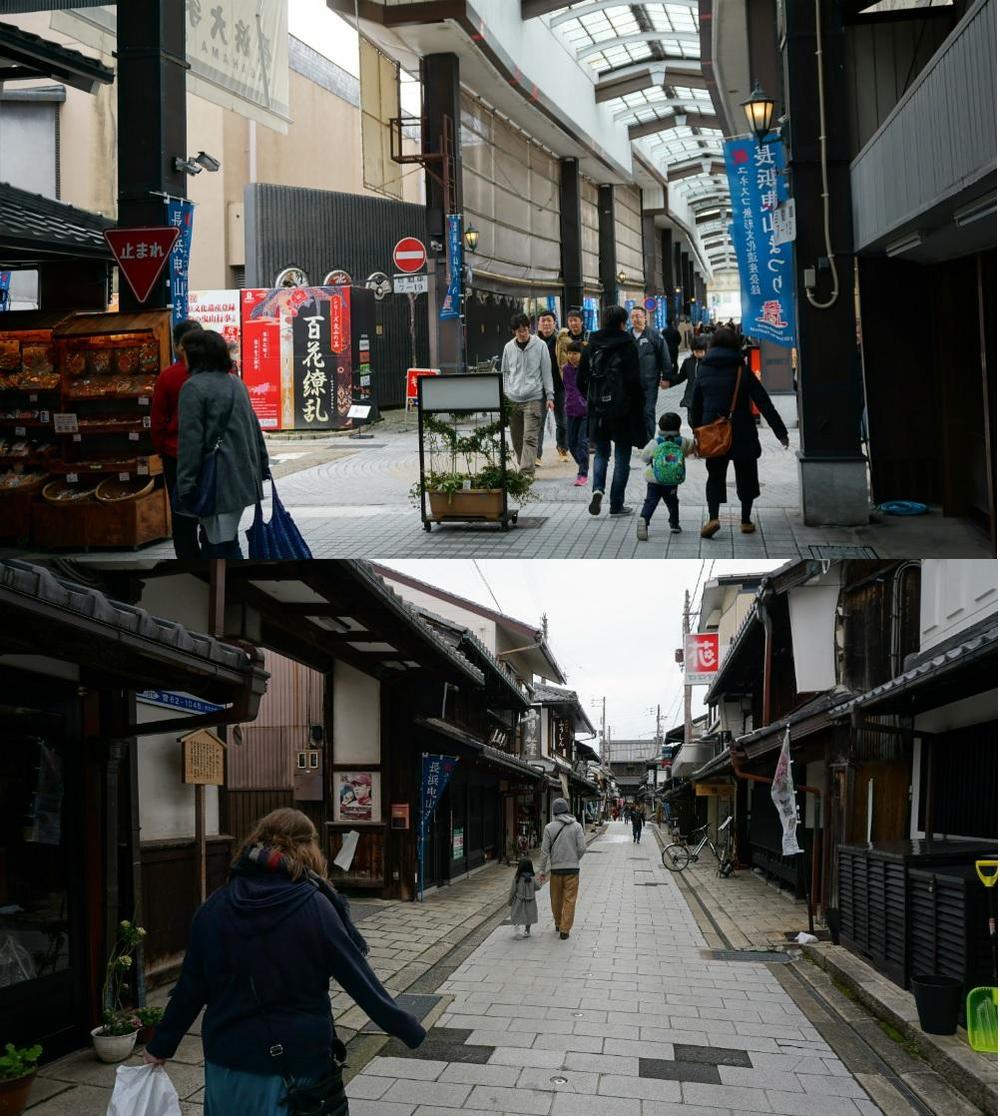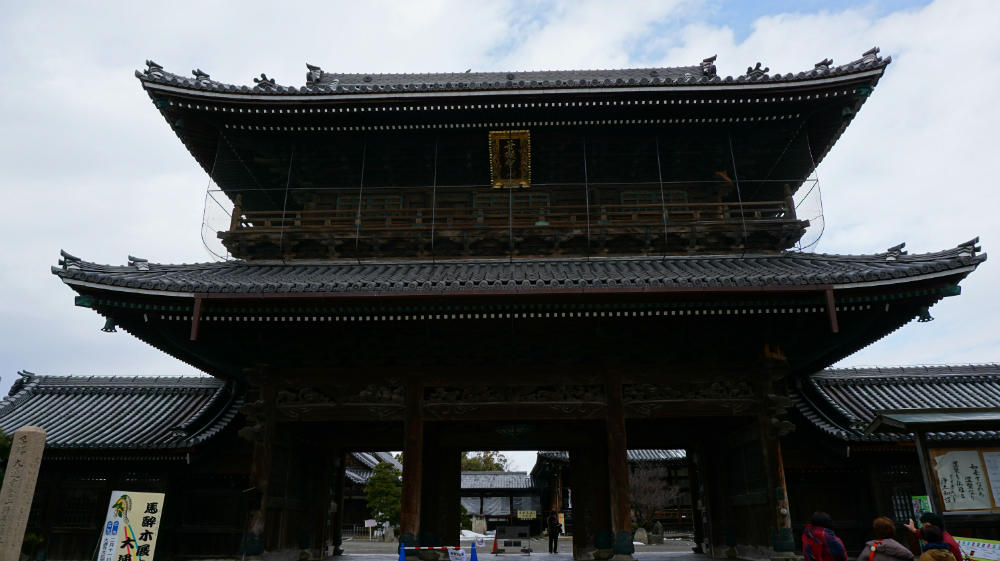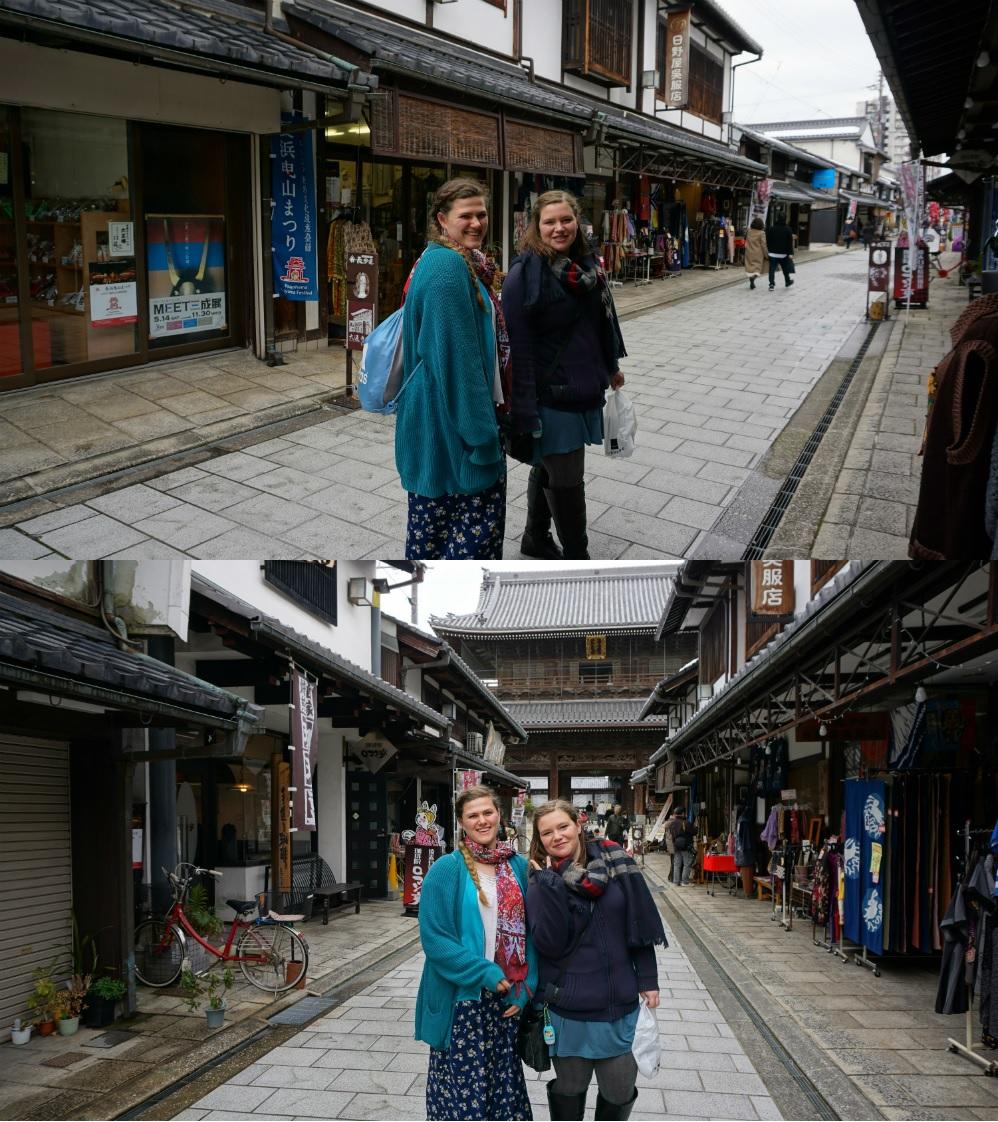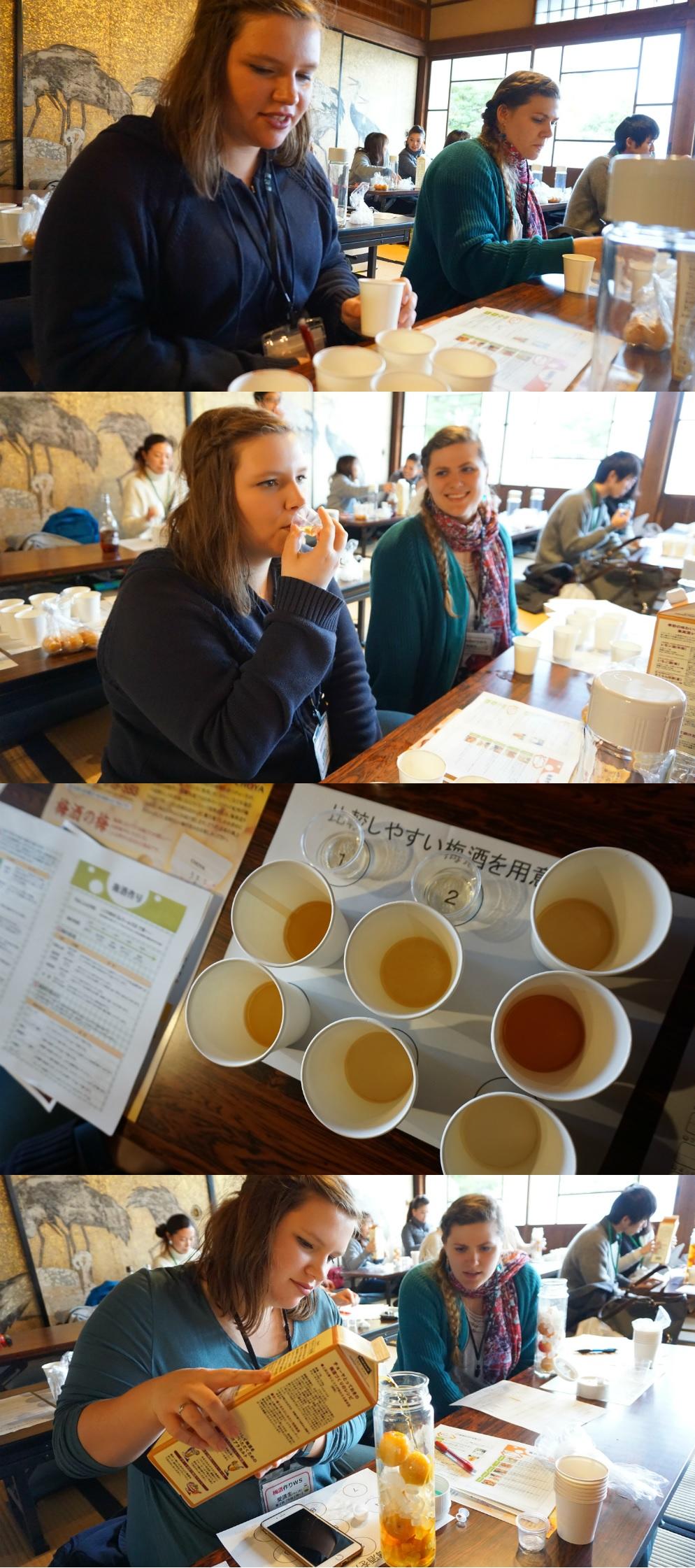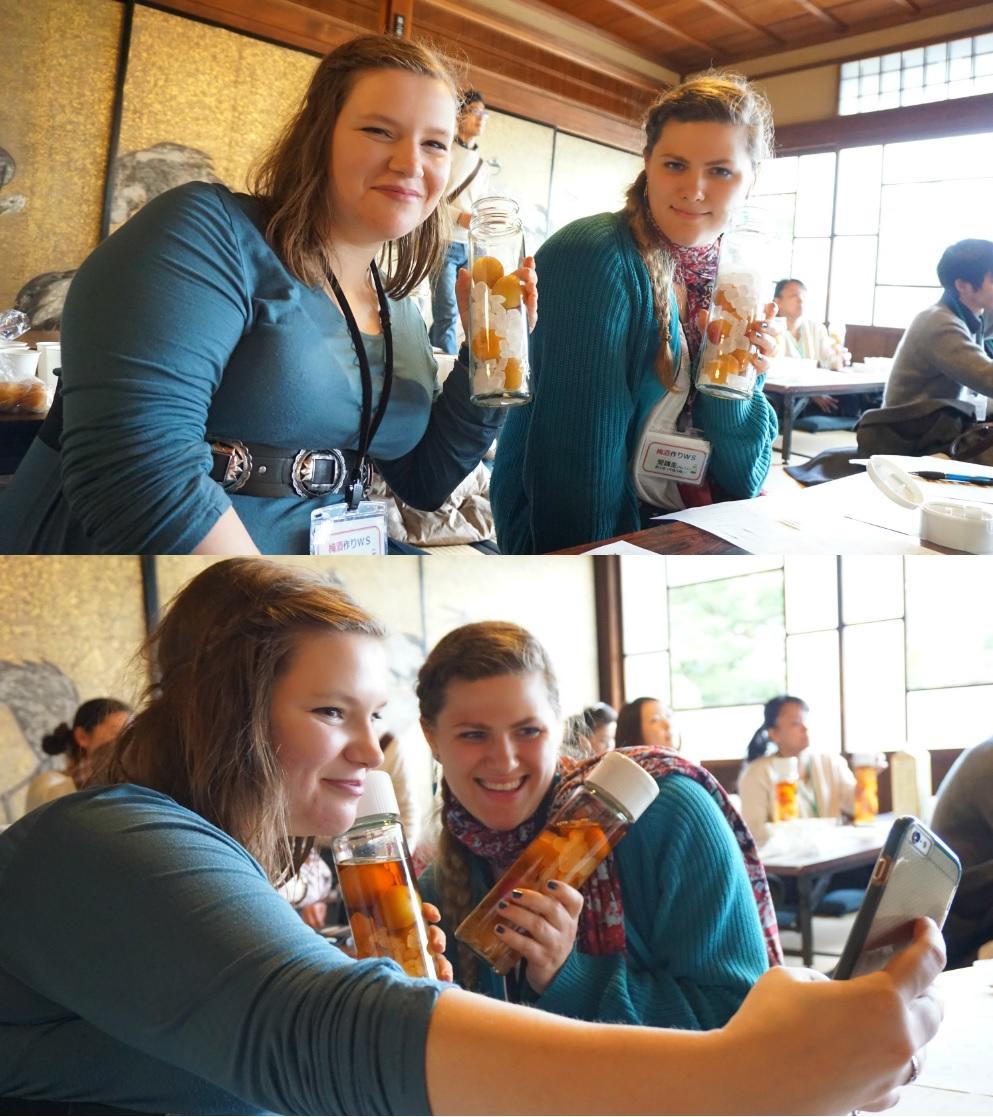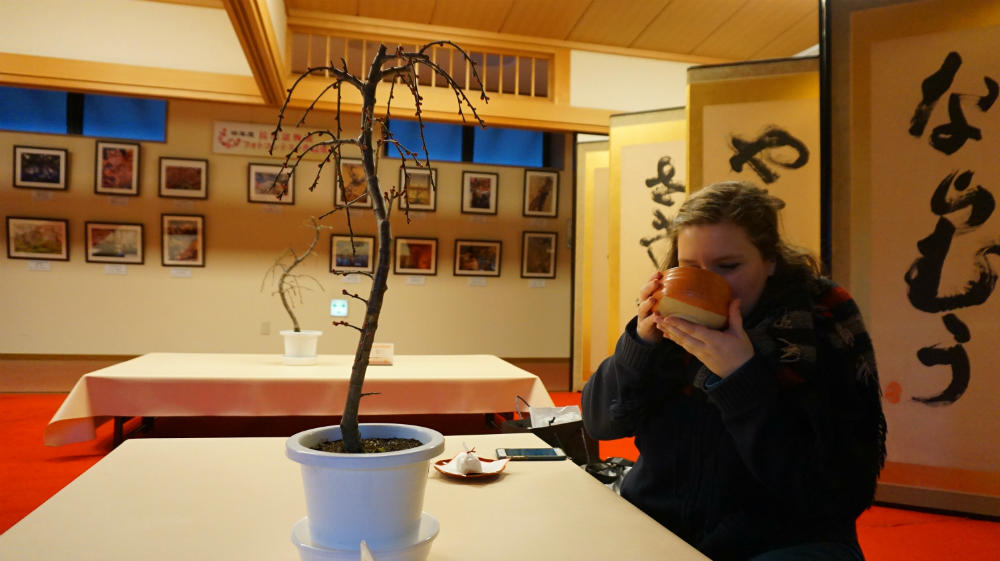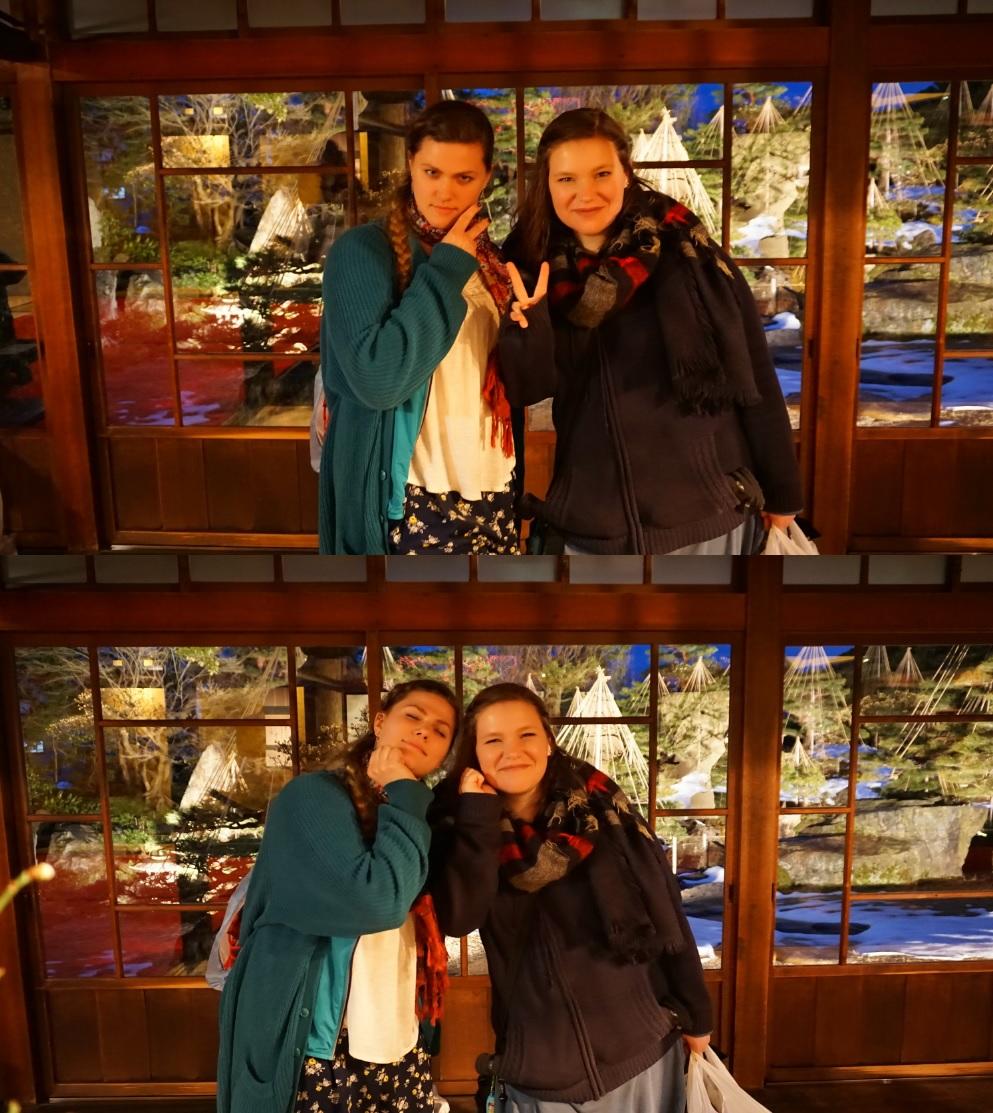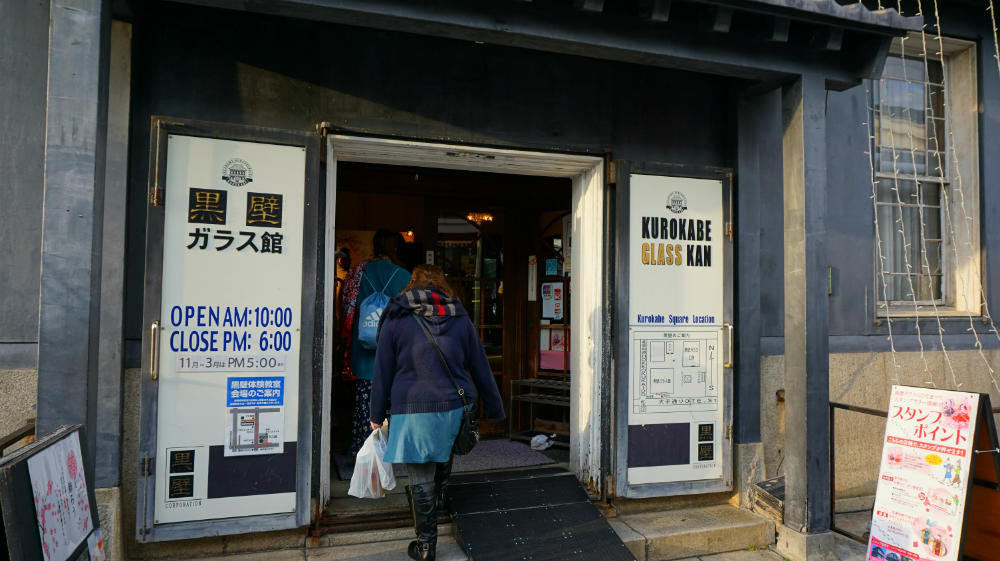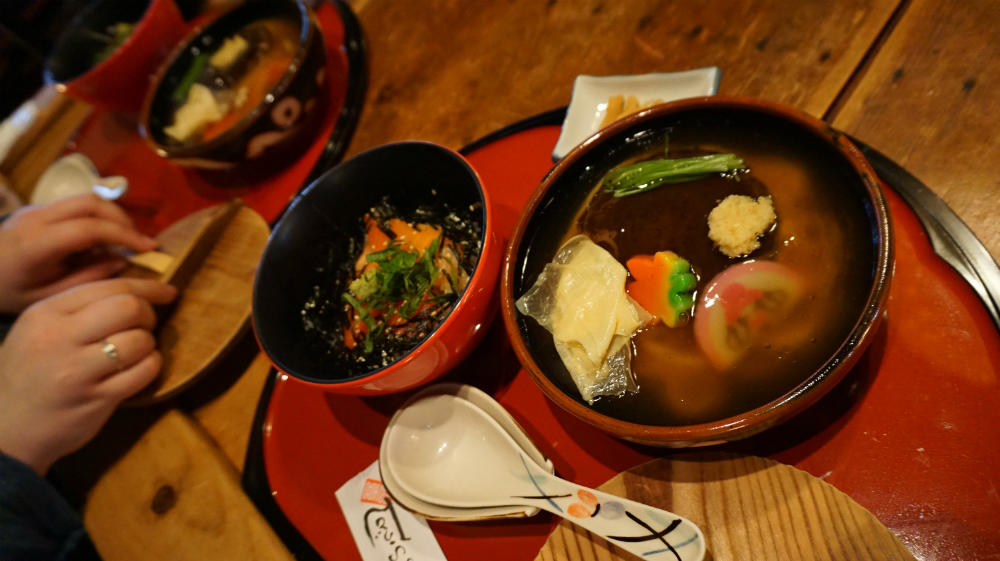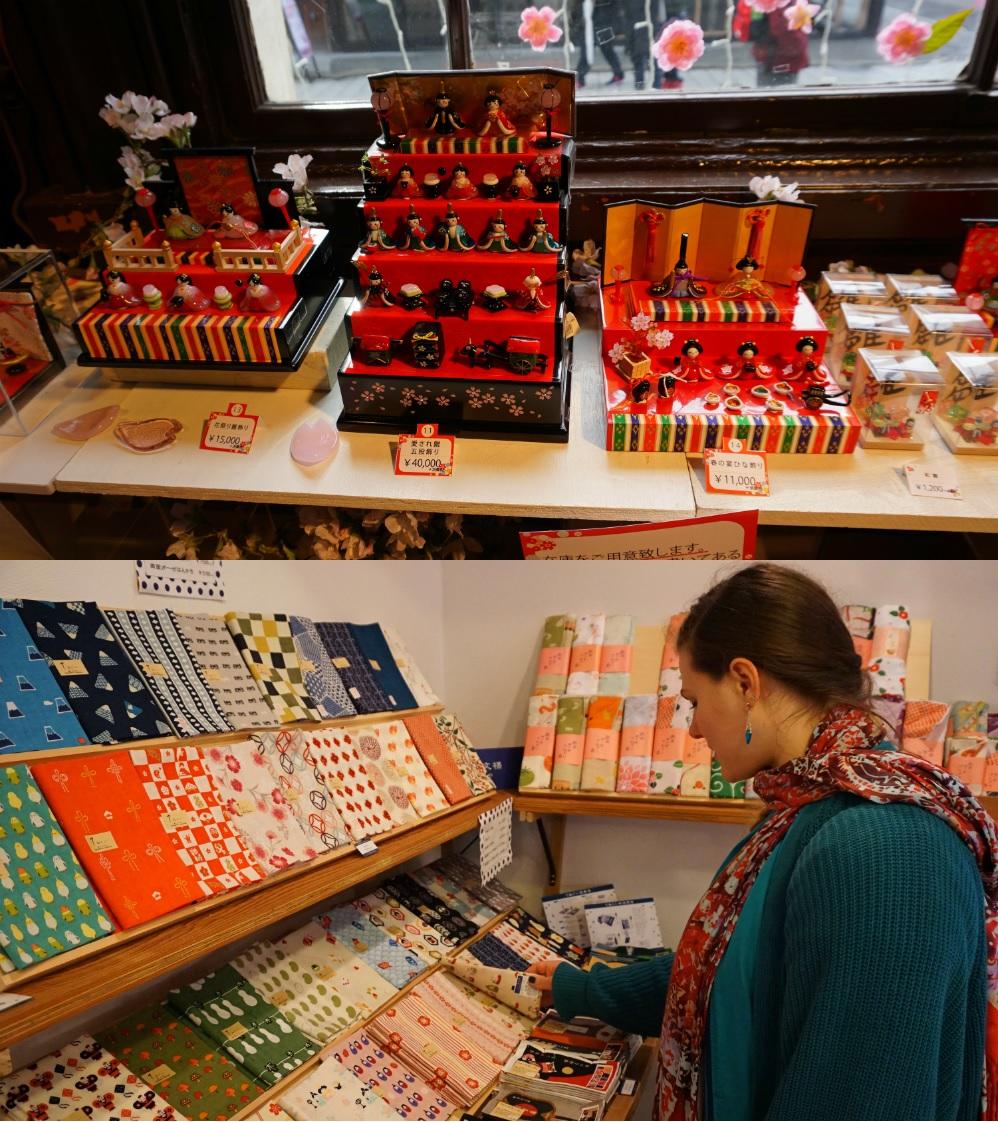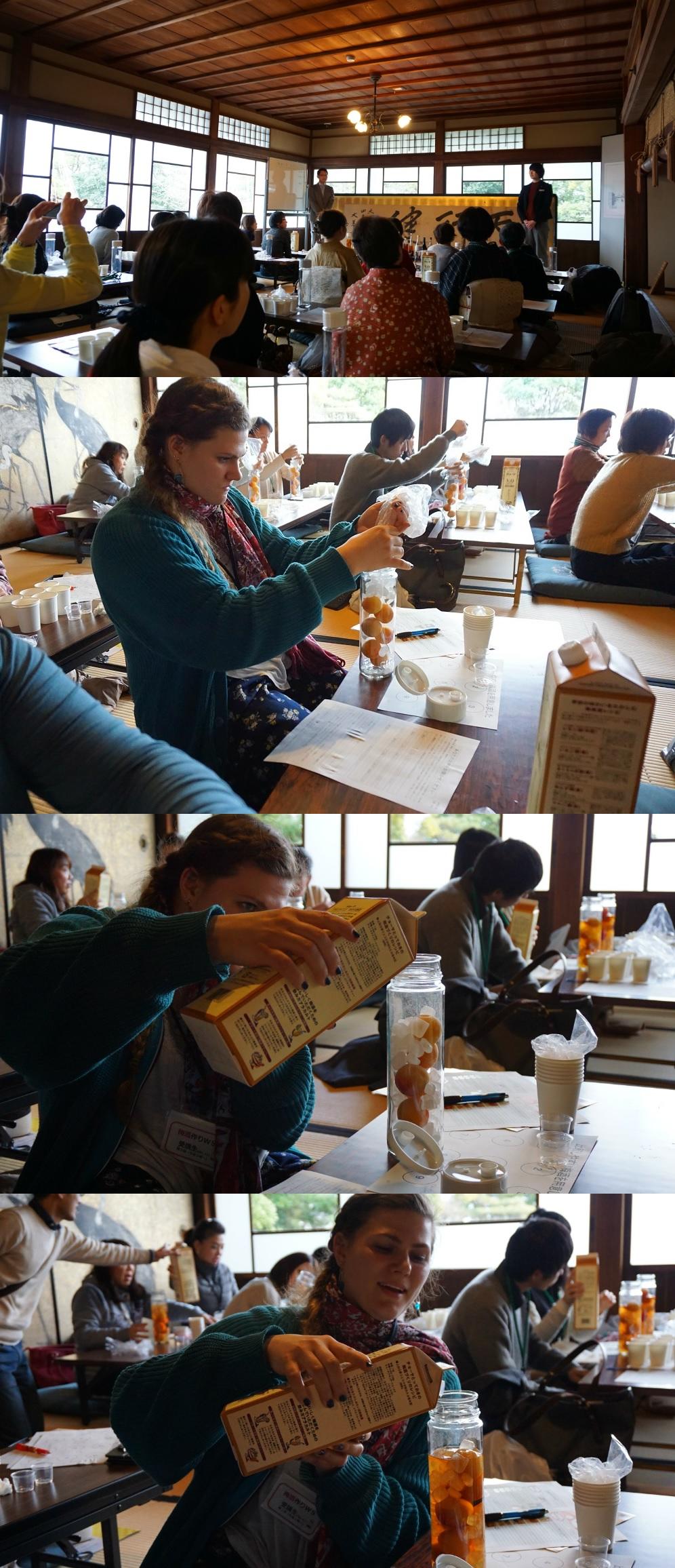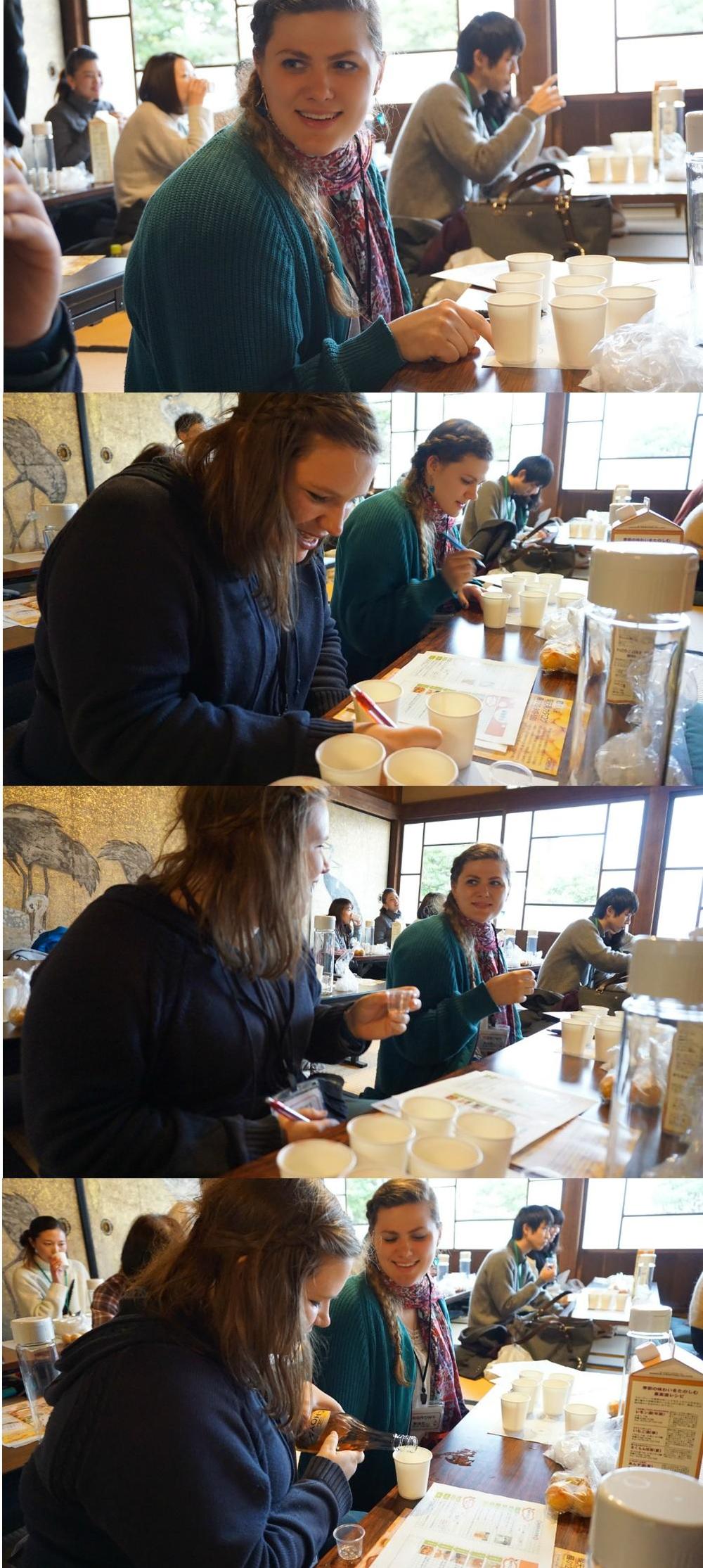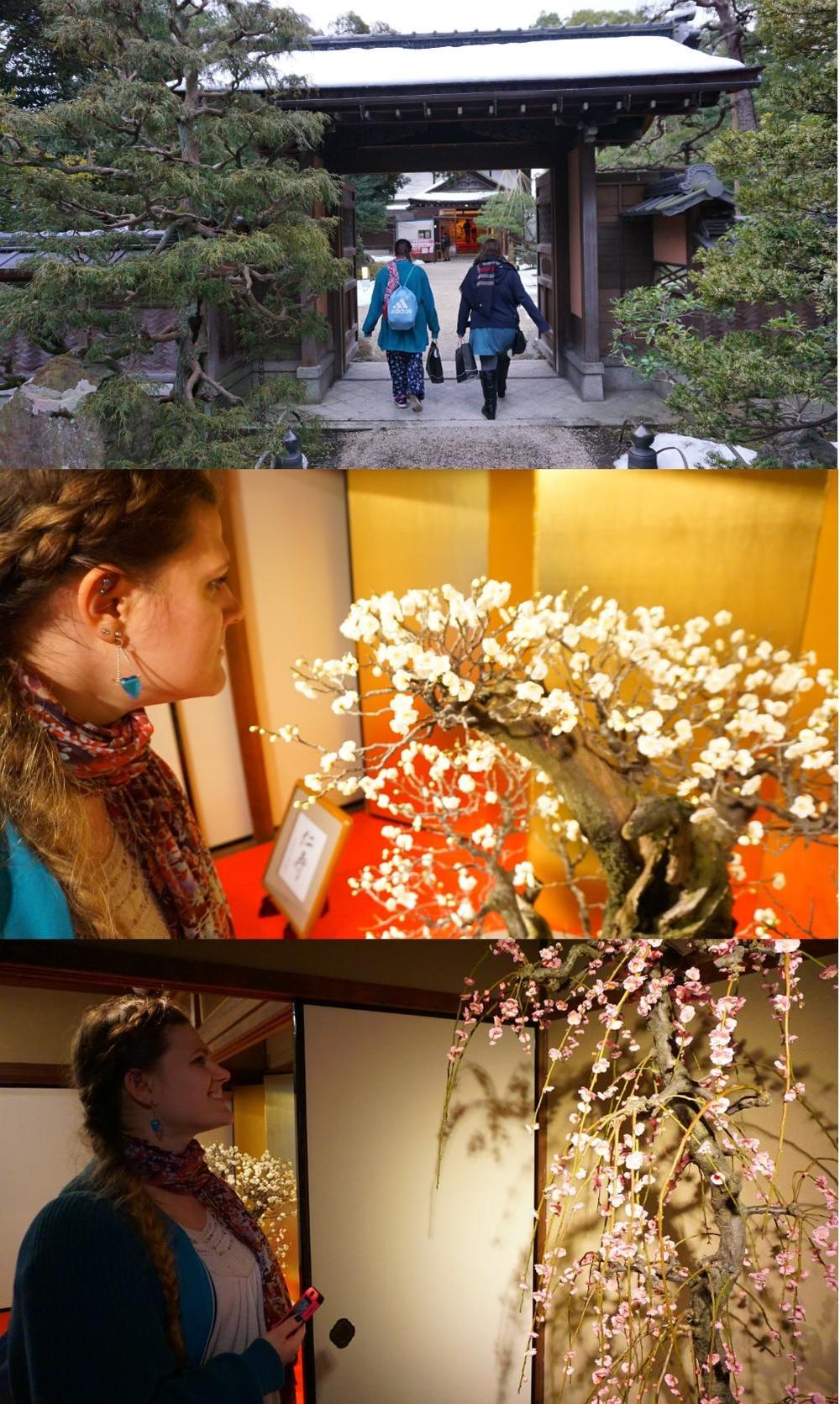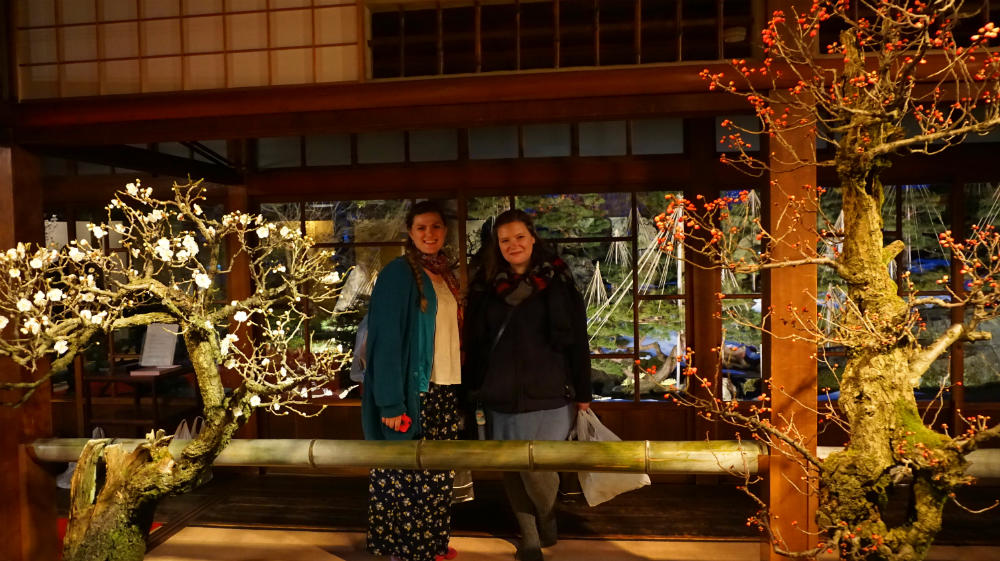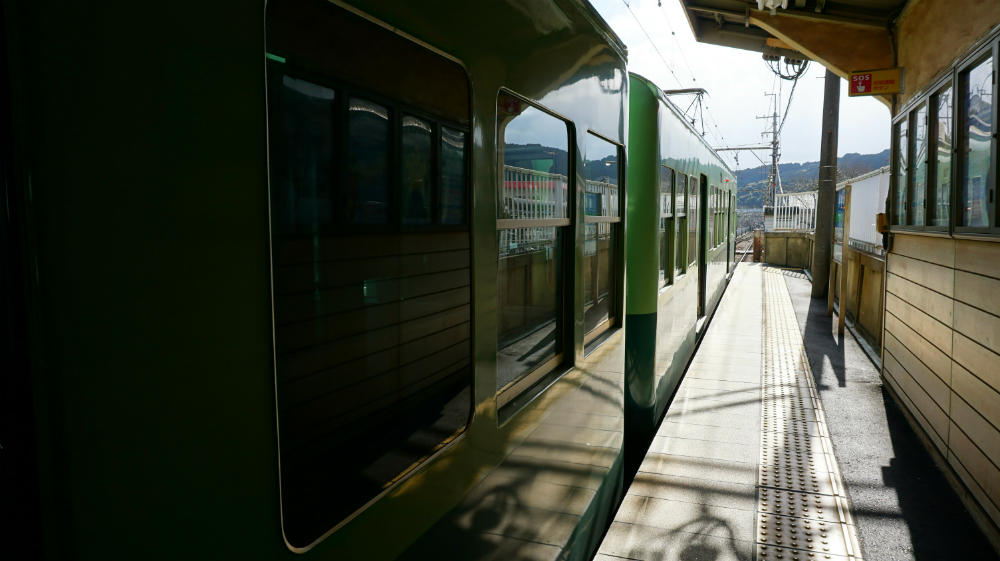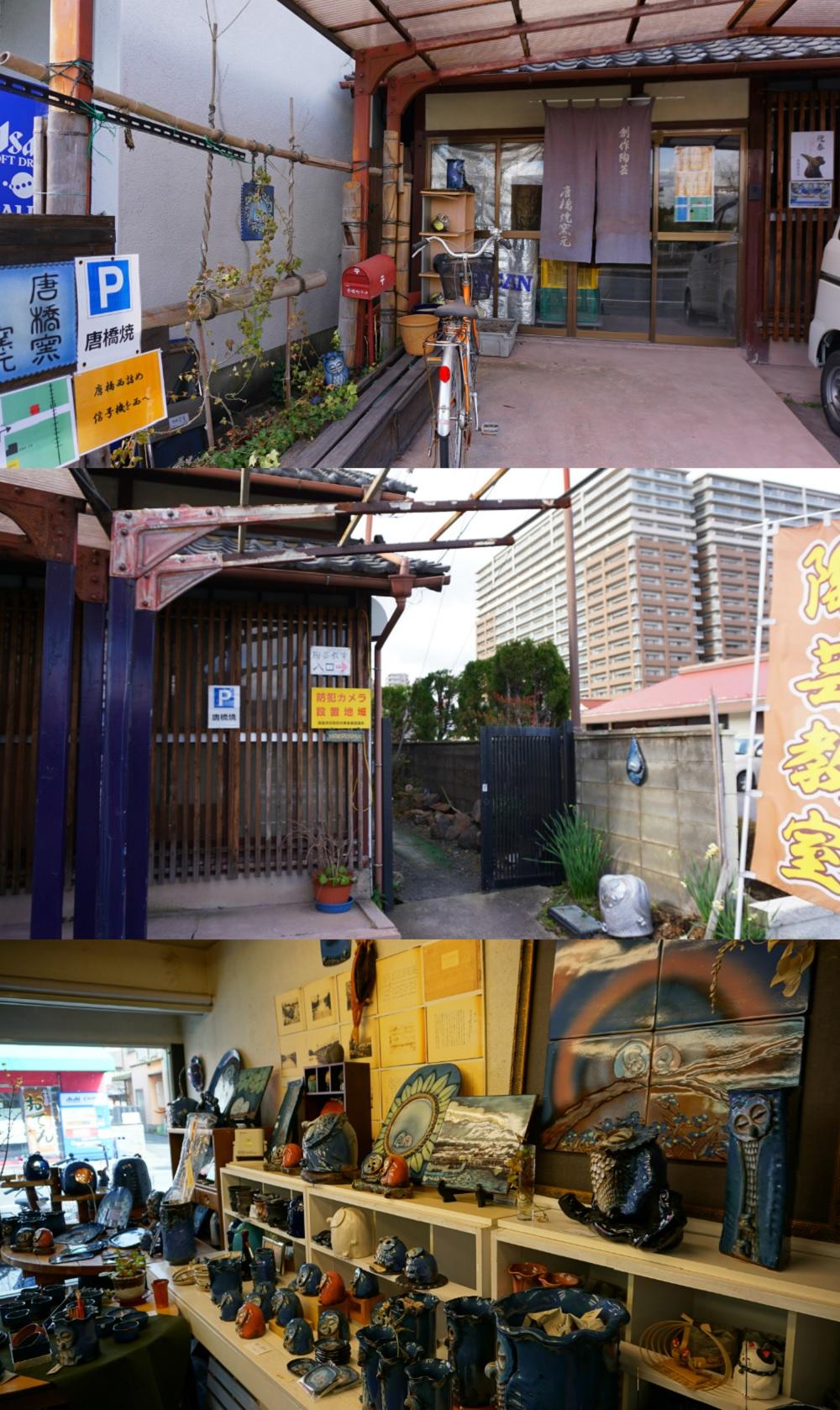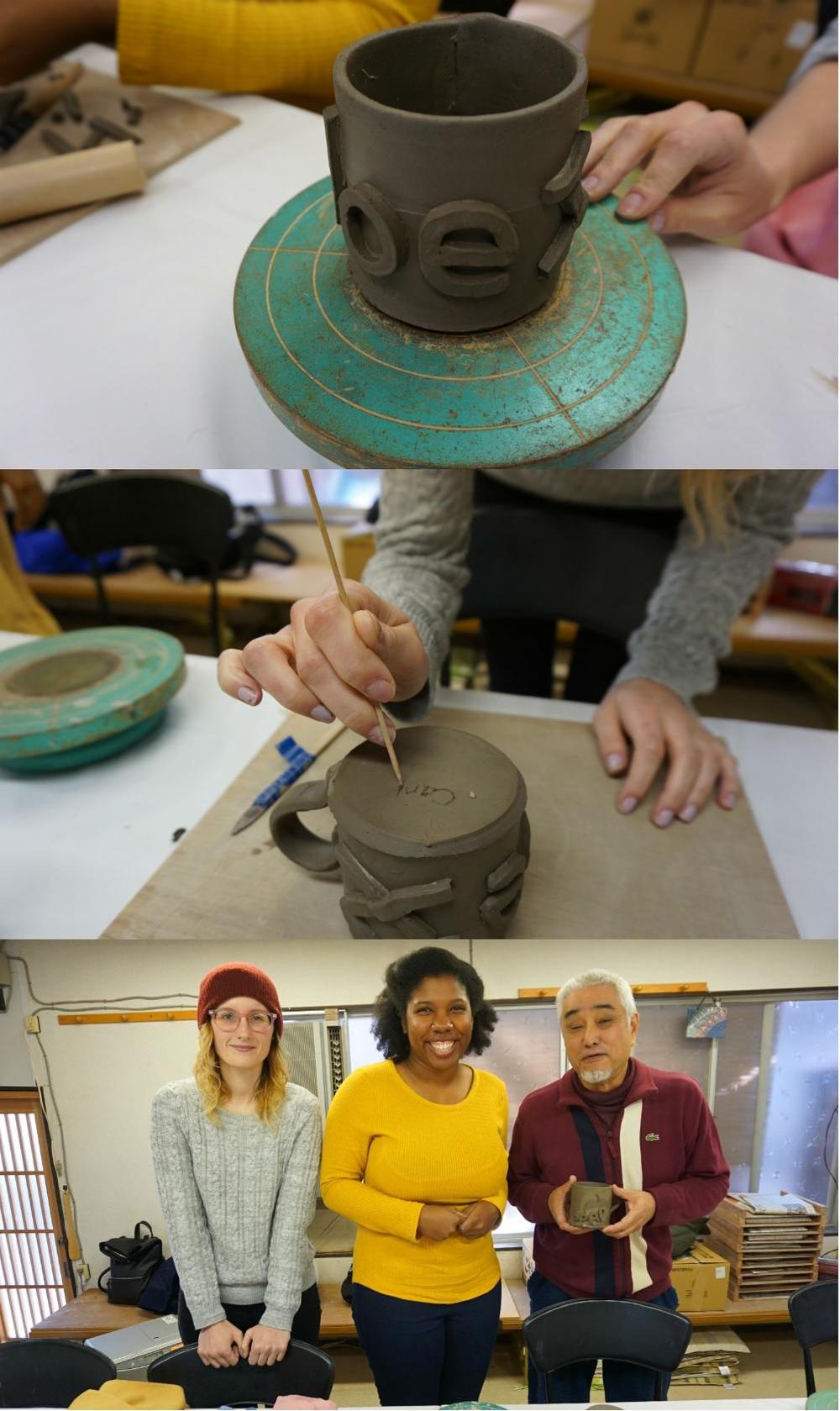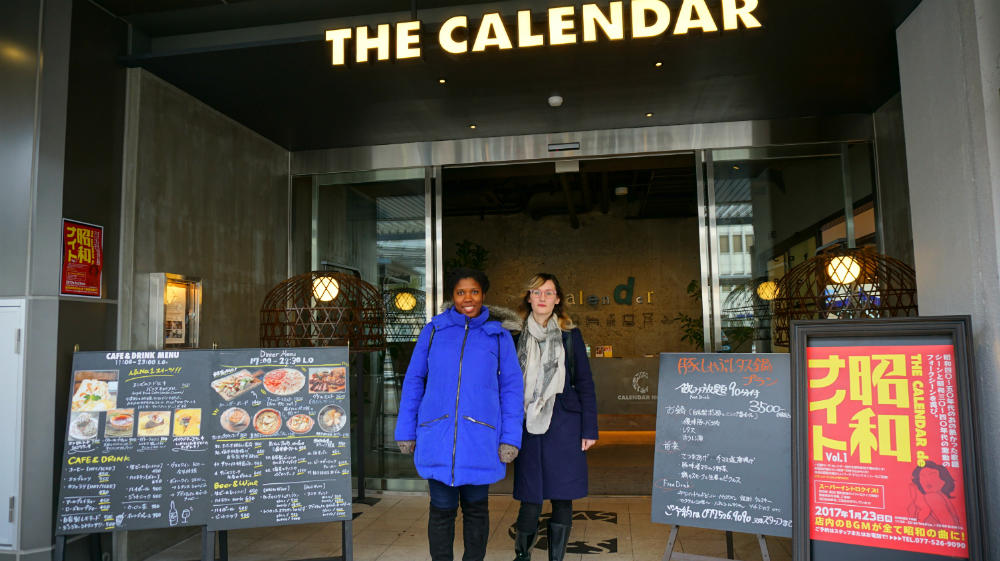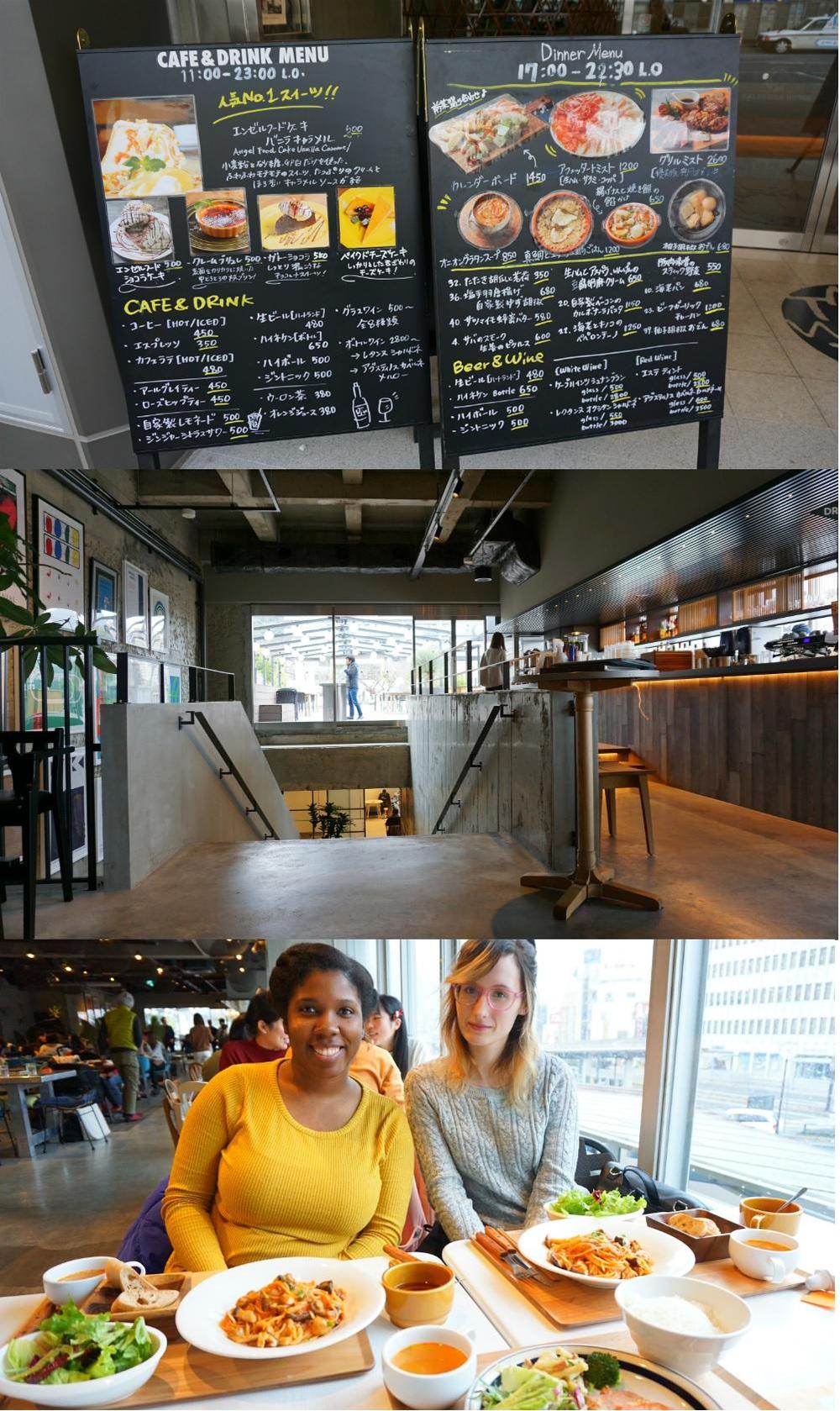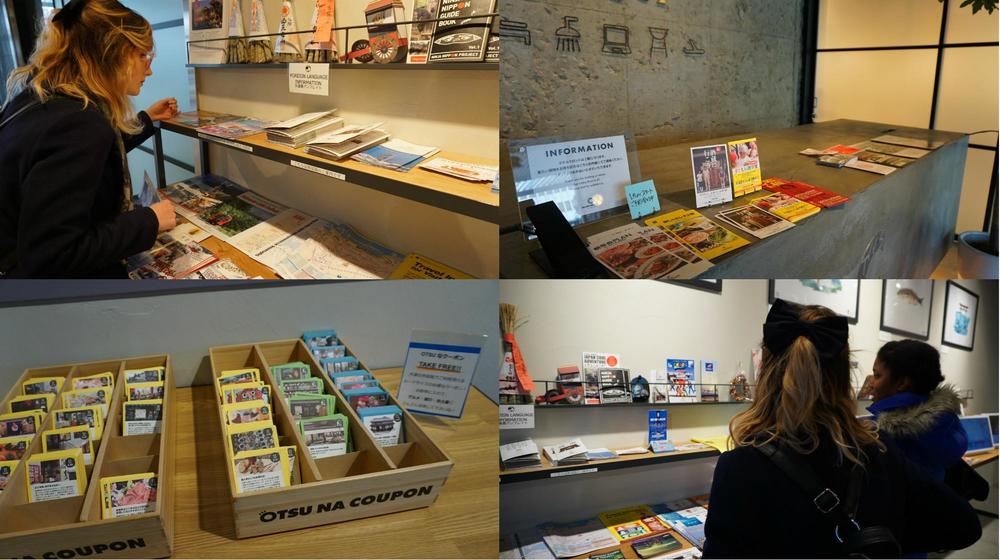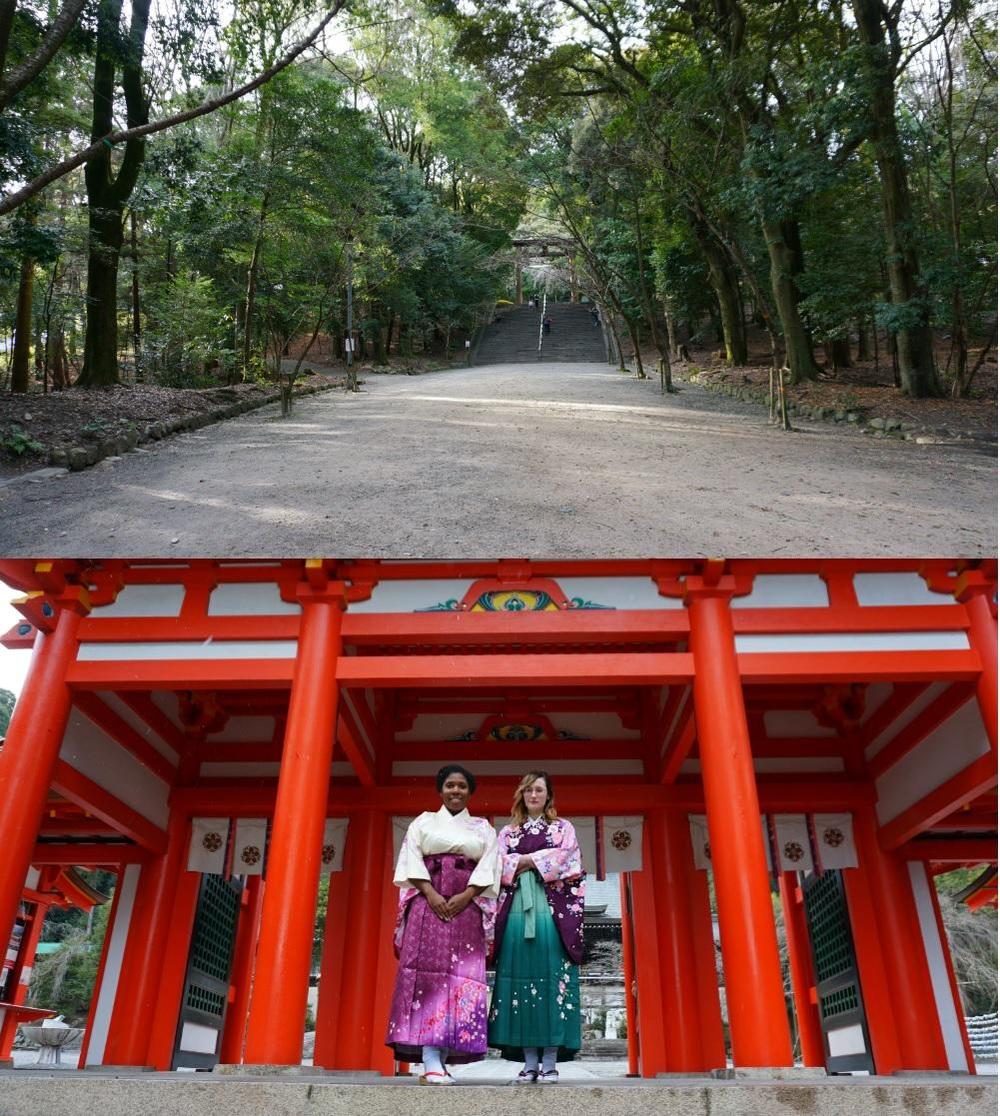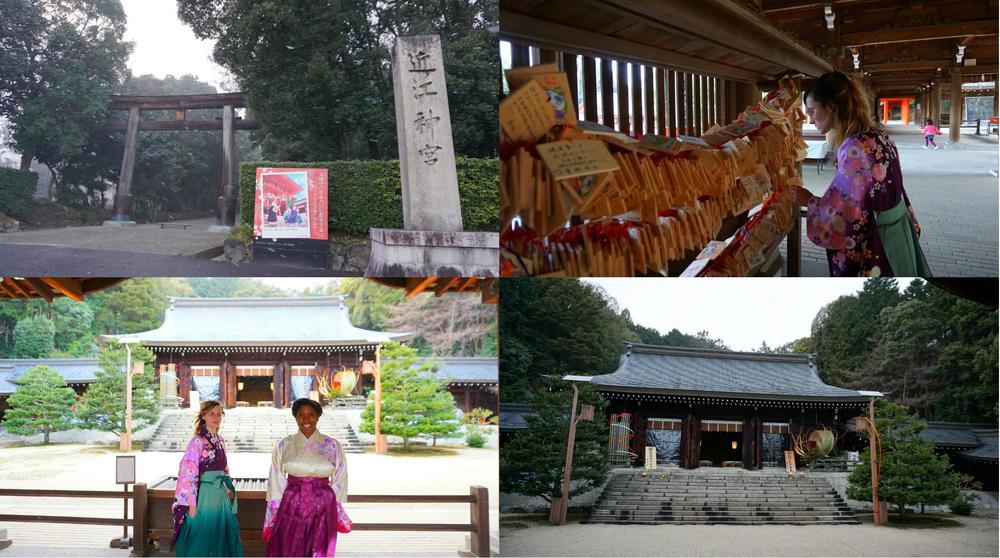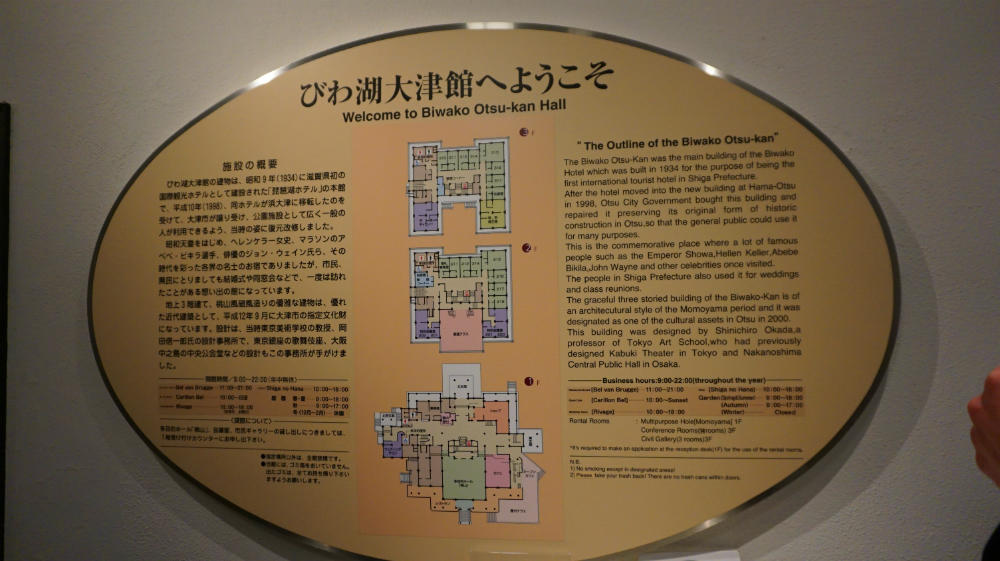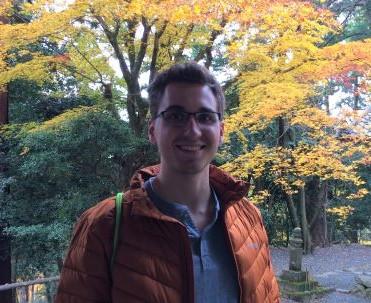 I am so glad that I decided to join Saturday's trip to Omihachiman. I was concerned that I was going to miss the fall colors because I had gotten sick and missed a trip to Kyoto, but I can clearly see now that Shiga prefecture is just as exquisitely colorful.
I am so glad that I decided to join Saturday's trip to Omihachiman. I was concerned that I was going to miss the fall colors because I had gotten sick and missed a trip to Kyoto, but I can clearly see now that Shiga prefecture is just as exquisitely colorful.
To begin, I'd like to give my thoughts on Ishinodera. What I was first struck by was the autumn-colored canopy visible just beyond the gate, which was also walled off by a row of rose bushes. I really couldn't help taking a photo, the colors provided the landscape with so much warmth and vibrance. As we continued circling the complex, I was captivated by the deep red of the maples overhead. The other features of the temple complimented them well, as there were green moss-covered rocks below to contrast them splendidly. I always enjoy the roof architecture of temples as well, particularly the terracotta roof tiles; I enjoyed them all the more with the maple leaves lightly adorning them. What really made this place memorable was the window looking out onto the small pond from inside the temple. While you do have to wait for people to clear the way, it is the perfect angle to look out at the autumn foliage with the reflection of the pond to add to the beauty as well.
Next, I will be discussing Hyakusaiji. What particularly stood out to me at this temple was the walk way going through the koi pond. It added a bit of entertainment to my visit since it had me stepping from stone step to stone step separated by the pond itself. The steps are within a safe distance from each other, so it doesn't present too difficult of a challenge for lesser-able people to use, and really provides a sense of immersion with the aesthetic of the pond. I even got to ring an enormous bell, not something I get to do often, and it was very satisfying. Finally, I got to see the very famous staircase leading up into the temple. I had seen a photo of the staircase during autumn in a collage of the four seasons in my dorm, and since I started studying here last September, I've idealized finding it. Truth be told, I had no idea I would be going to the staircase in that photo until I arrived at the temple. I am so glad I could experience such a quintessentially "kouyou" view.
I would like to thank Shiga prefecture's tourism bureau for their kindness in allowing me to come along for this trip. I had come to Japan not only to study, but to experience the culture; specifically I sought to see Japan's take on fall, and I really felt as though these two temples had exactly that to offer.
(Author : Tom Charney from US, The Japan Center for Michigan Universities)


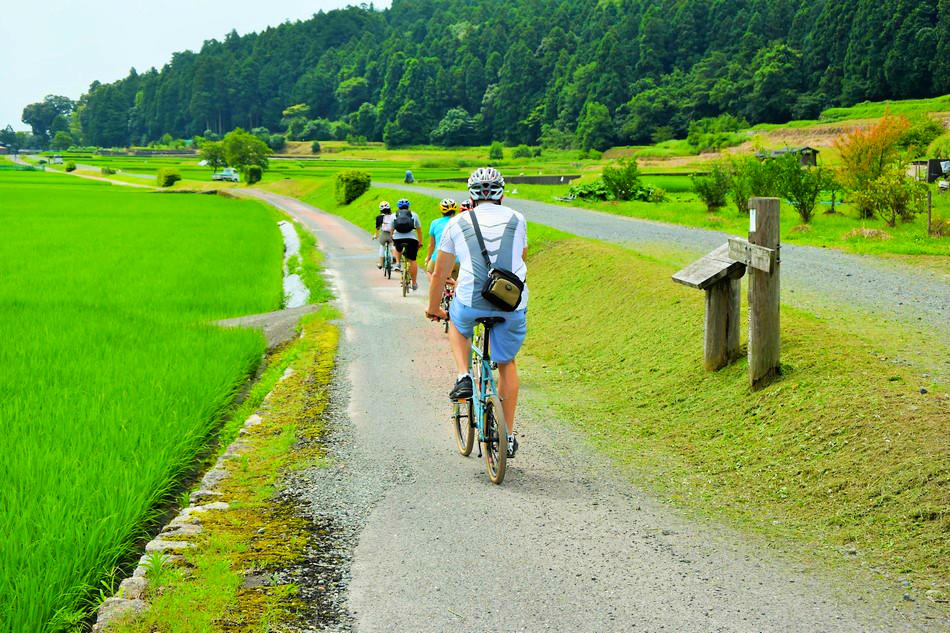 More details :
More details :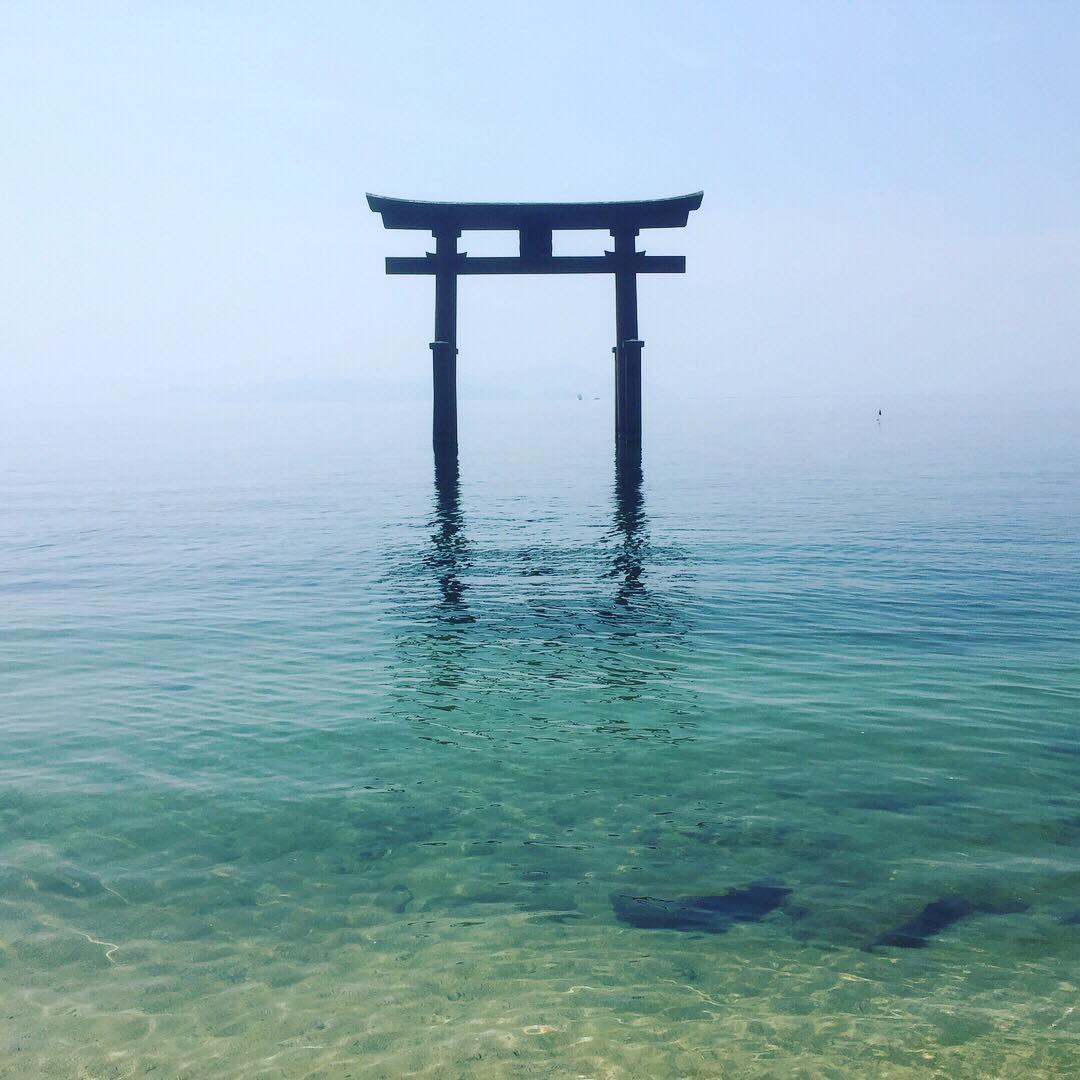
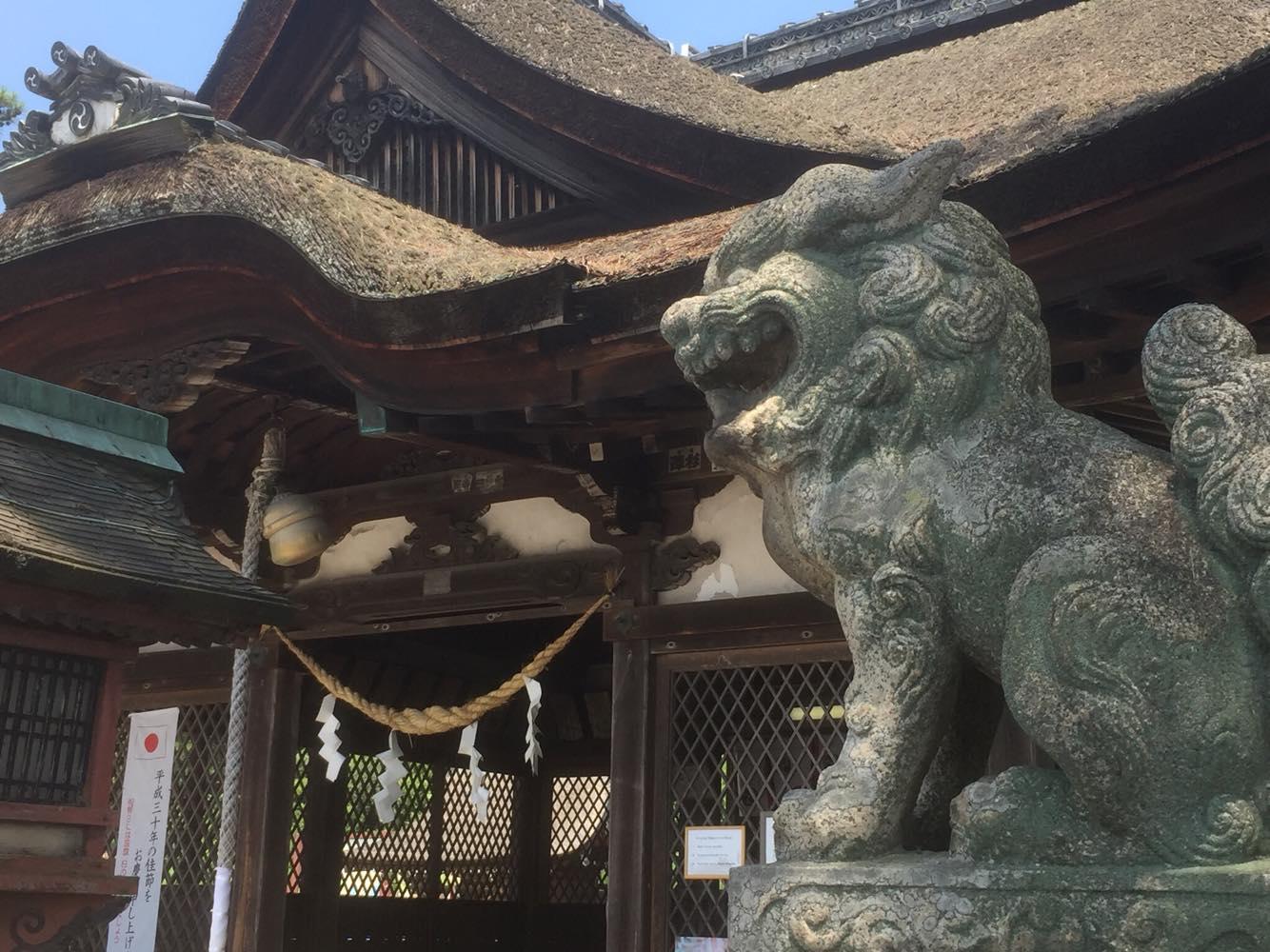 Shirahige Shrine:
Shirahige Shrine:  Nishitomo:
Nishitomo: Suzuki Sesu :
Suzuki Sesu : 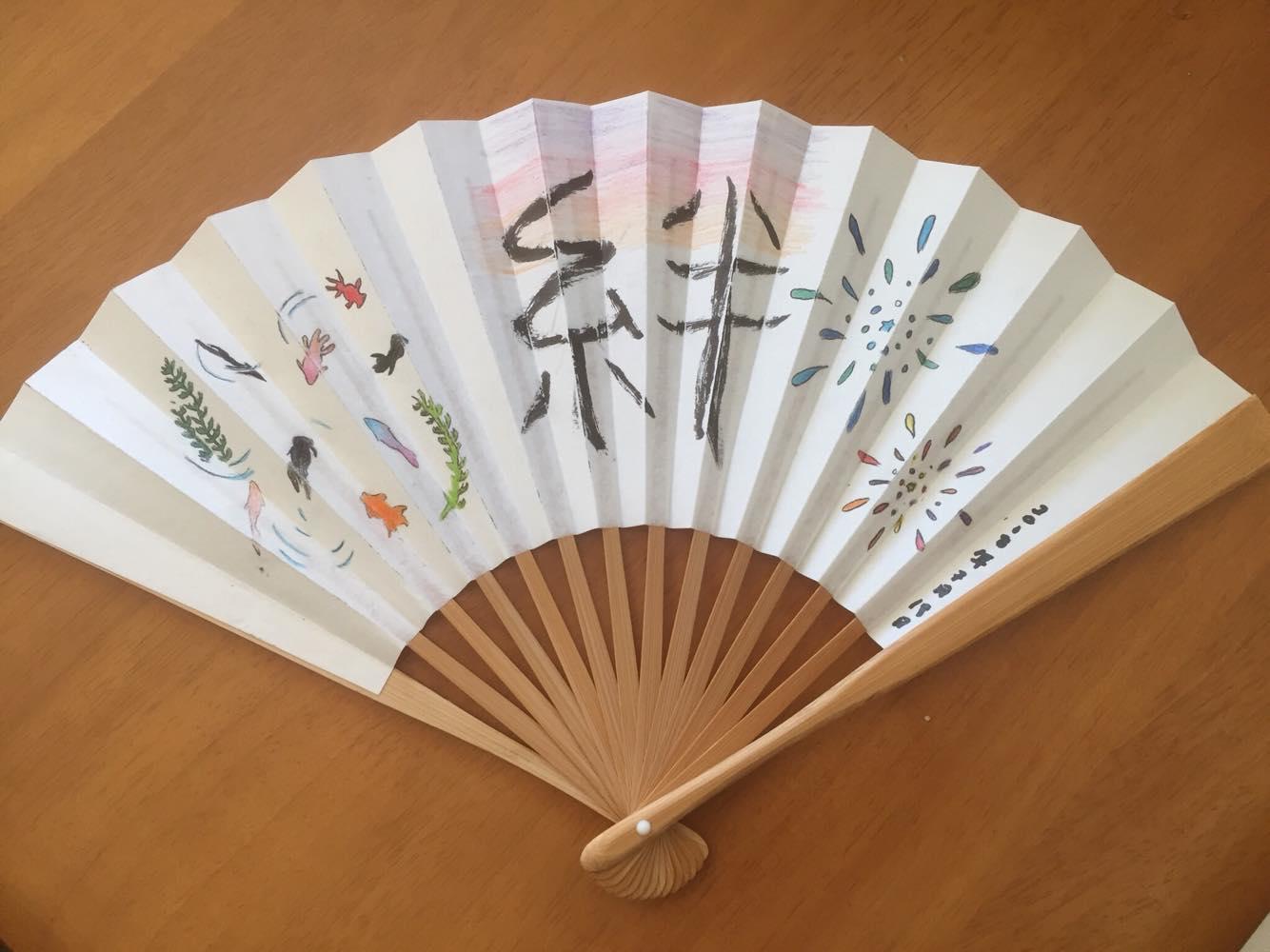

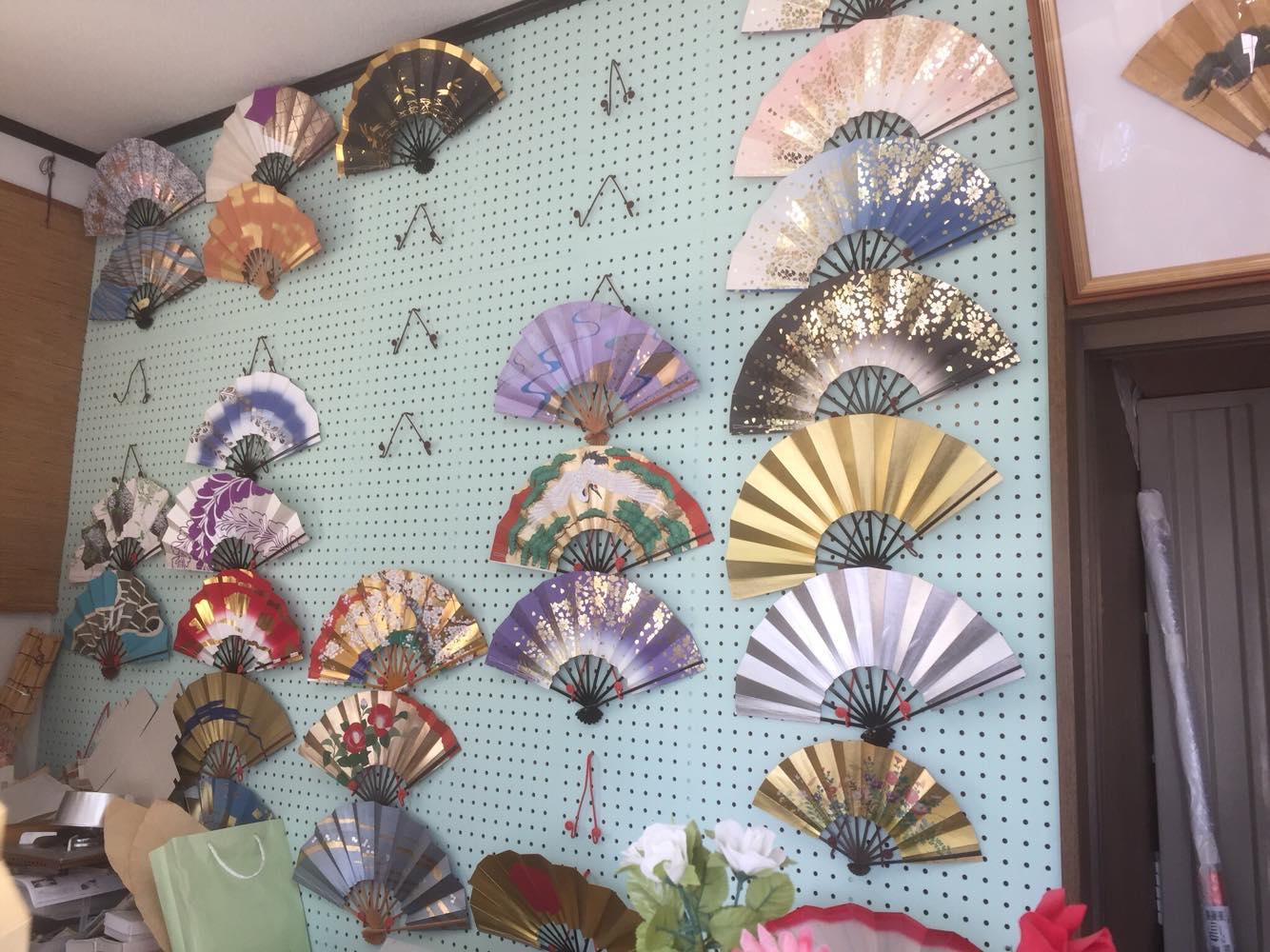 Hata-no-tanada: Our final stop was some of the beautiful terraced rice fields located in the countryside. Terraced fields such as these are a Japanese agricultural process made so that rice can still be grown in hilly or mountainous areas. This area was, in my opinion, the absolute epitome of Japanese countryside beauty.
Hata-no-tanada: Our final stop was some of the beautiful terraced rice fields located in the countryside. Terraced fields such as these are a Japanese agricultural process made so that rice can still be grown in hilly or mountainous areas. This area was, in my opinion, the absolute epitome of Japanese countryside beauty. In the middle of this natural beauty was an older shrine off to the side of the road, called Hachiman Shrine. I have seen many shrines during my time in Japan, but the placement of this one right in the middle of all this natural beauty felt like something out of a Ghibli film, and I tried to take as many pictures as I could to capture it.
In the middle of this natural beauty was an older shrine off to the side of the road, called Hachiman Shrine. I have seen many shrines during my time in Japan, but the placement of this one right in the middle of all this natural beauty felt like something out of a Ghibli film, and I tried to take as many pictures as I could to capture it.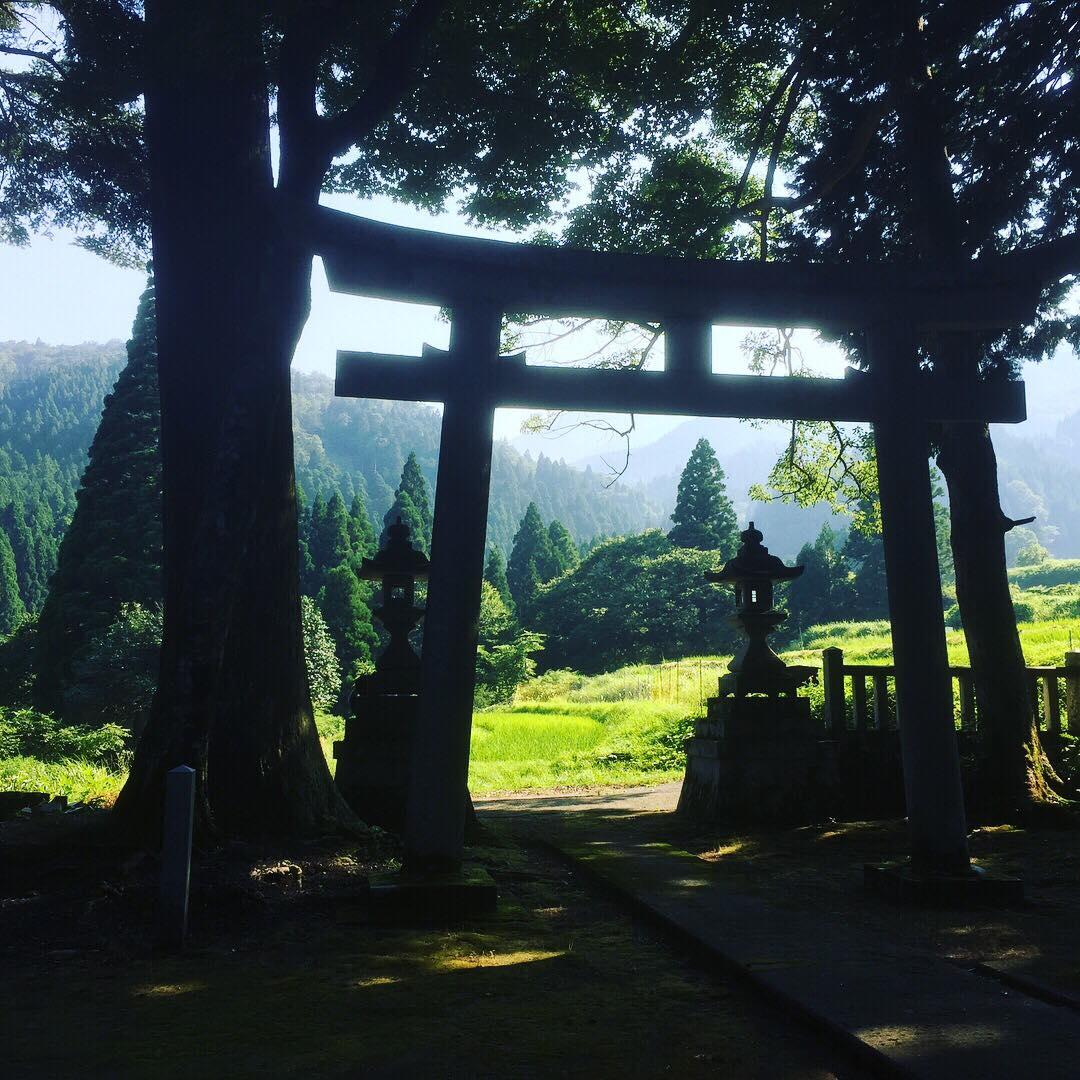 This was a fantastic day trip, and I very much enjoyed being able to see and go to places that I had never been before. Shiga Prefecture is definitely a very underrated prefecture in my opinion, and I could not encourage people enough to take the time to visit it someday.
This was a fantastic day trip, and I very much enjoyed being able to see and go to places that I had never been before. Shiga Prefecture is definitely a very underrated prefecture in my opinion, and I could not encourage people enough to take the time to visit it someday. Next, we walked over to the Bimyo-ji Temple to make our own juzu, which is a bracelet of beads often used as a charm.
Next, we walked over to the Bimyo-ji Temple to make our own juzu, which is a bracelet of beads often used as a charm.